How to raise Clivia
The precious and high-quality Clivia has green leaves, clear veins, bright and thick, neat and stylish. How did it come out?
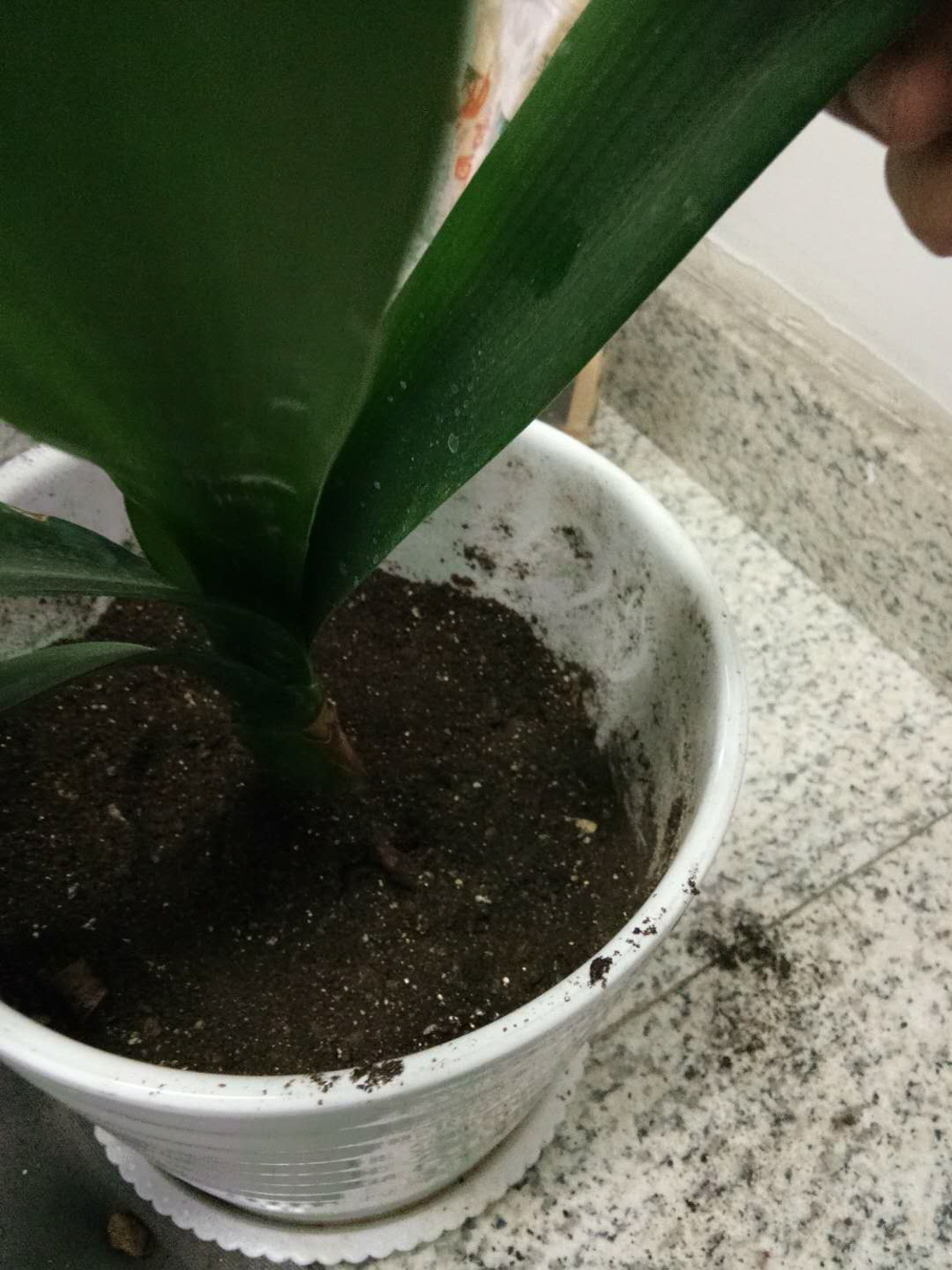
1. How to make the leaves of Clivia green?
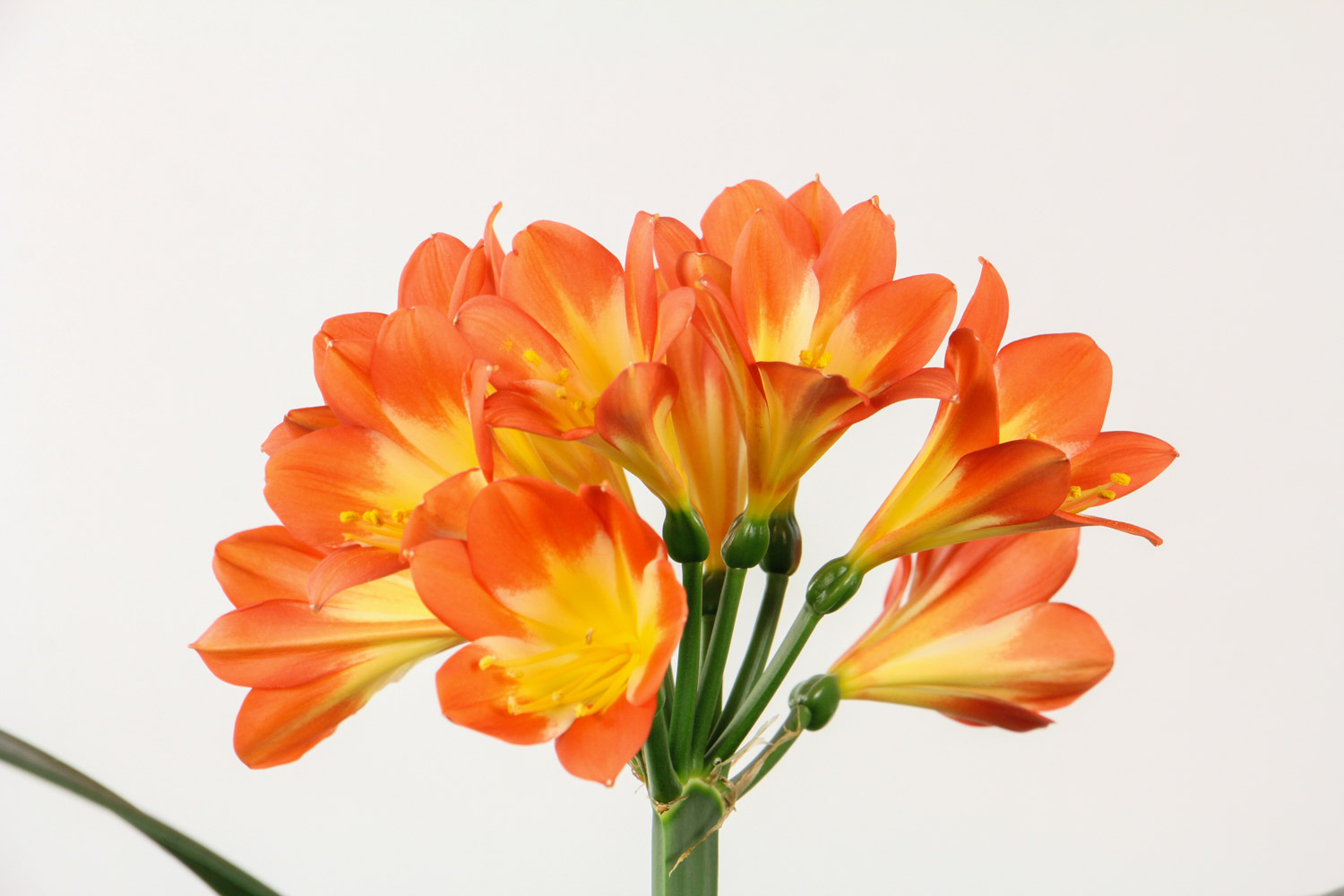
Tips:
(1) You need to put Clivia in a bright place indoors. If photosynthesis can proceed smoothly, the leaves of Clivia will be green and healthy.
(2) Dilute beer with water in the ratio of 1:50 and often scrub the leaves of Clivia with it, which can promote photosynthesis and make his leaves green.
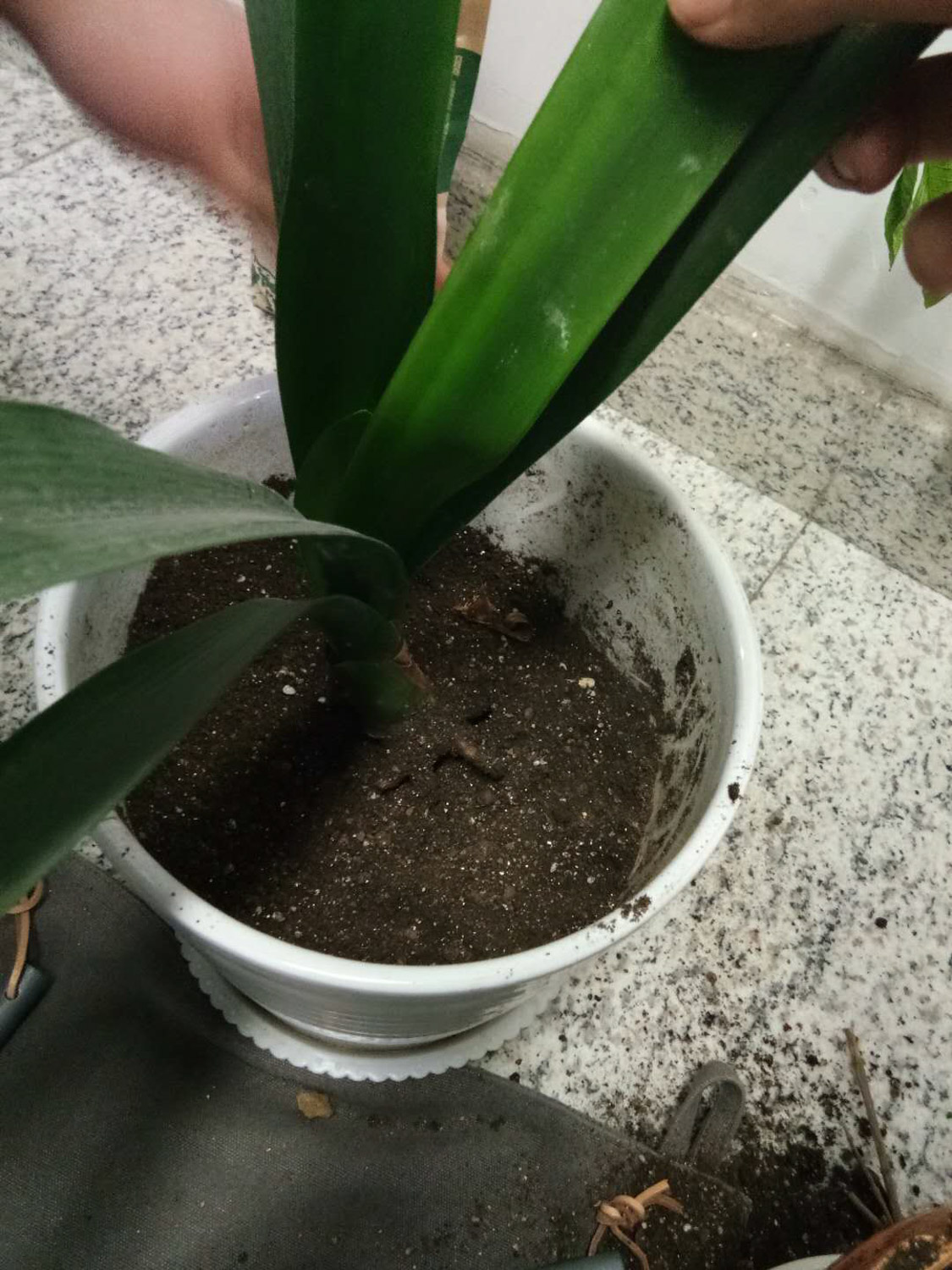
2. How to make the leaves of Clivia thick and shiny?
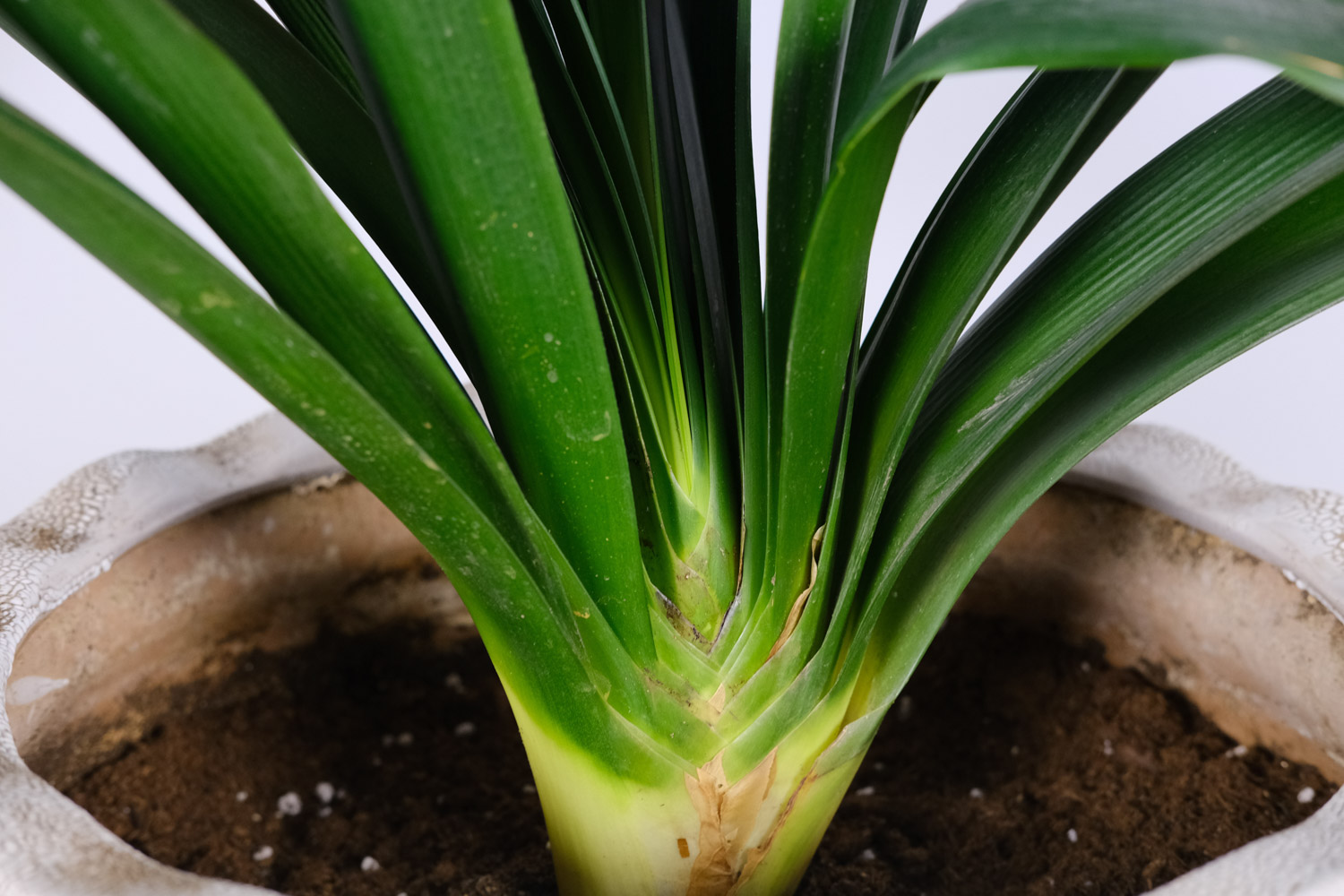
Tips:
(1) ensure adequate nutrition for Clivia, and apply thin liquid fertilizer to Clivia every half a month. "Fertilizer cannot be separated from water, and fertilize with water". The organic liquid fertilizer is diluted with water in the ratio of 1:2000 and poured down to Clivia.

(2) Ensure that the soil of Clivia is loose and fertile. Peanuts, melon seeds, walnuts, pistachios and other nuts should not be thrown away after eating. After ripening (sealed with water and exposed to the sun for a month), mix them into the soil and feed them to Clivia to make its leaves shiny and shiny
3. How to make the leaves of Clivia neat and stylish
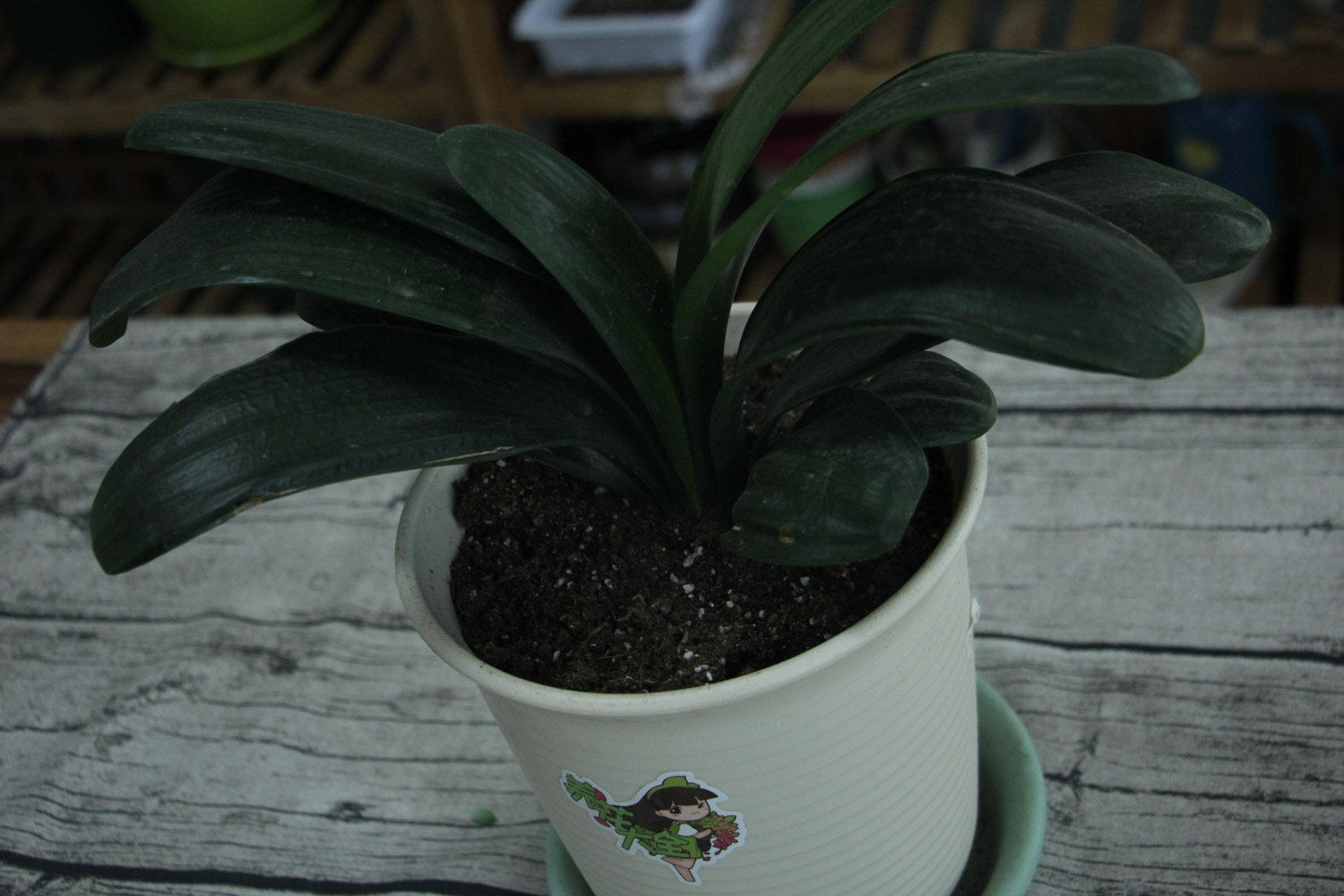
Tips:
(1) Pay attention to the placement. Both ends of the leaves of Clivia should face north and south
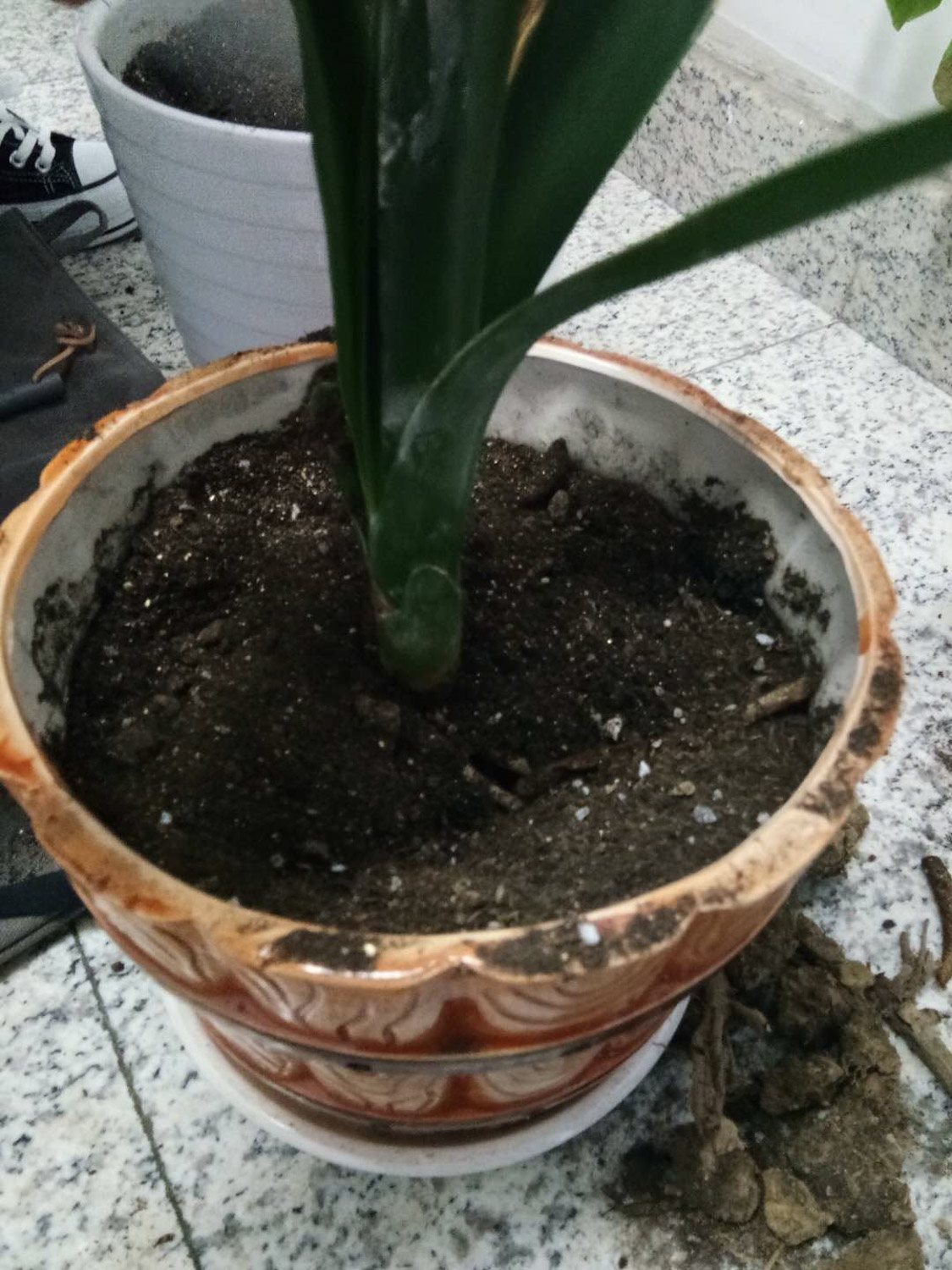
(2) shading treatment: cover half of the leaves of Clivia with thin cardboard or tin foil paper and fix them with small clips. The leaves will be fixed on which side they are inclined to, and will be corrected after a period of time.
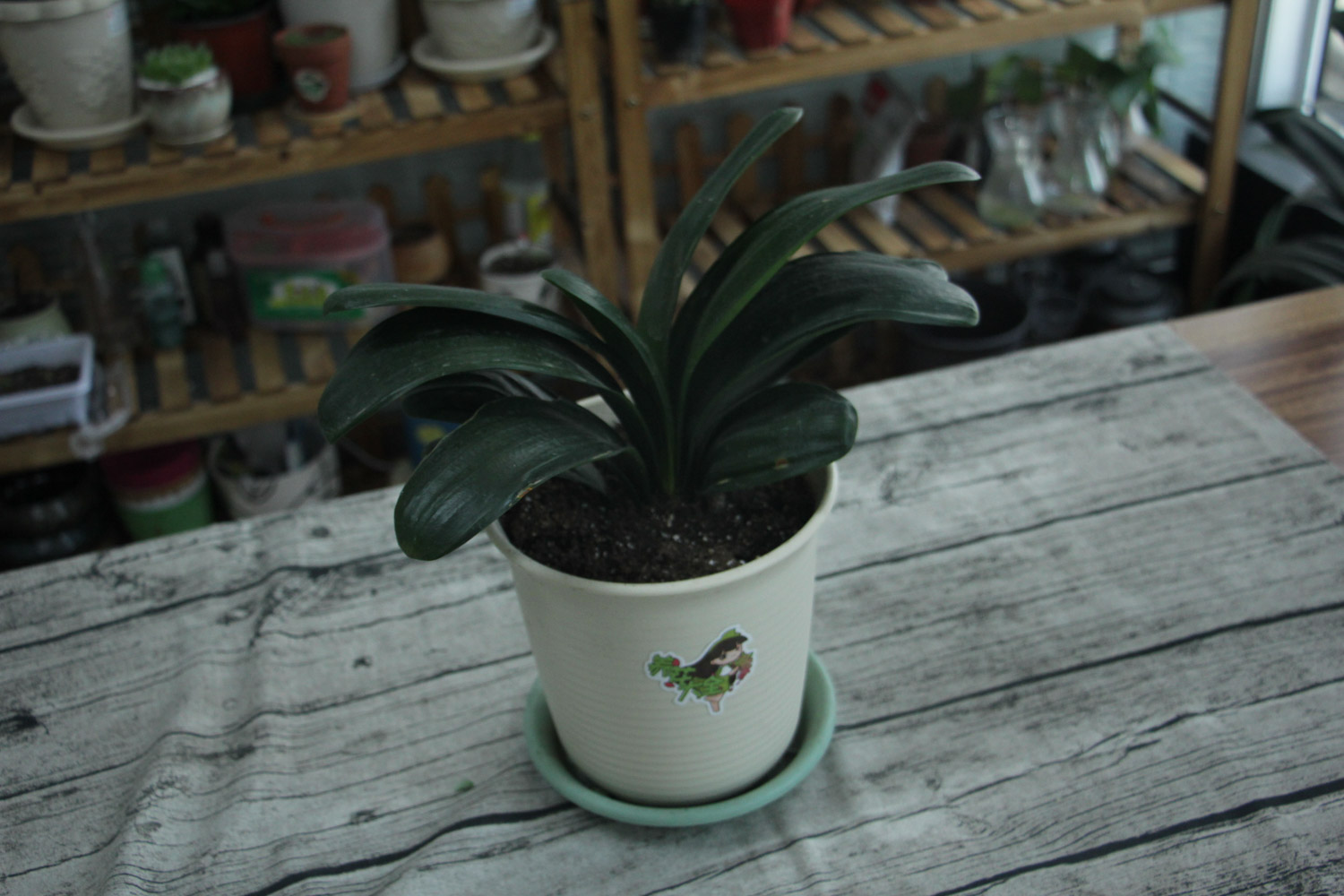
What about the rotten roots of Clivia
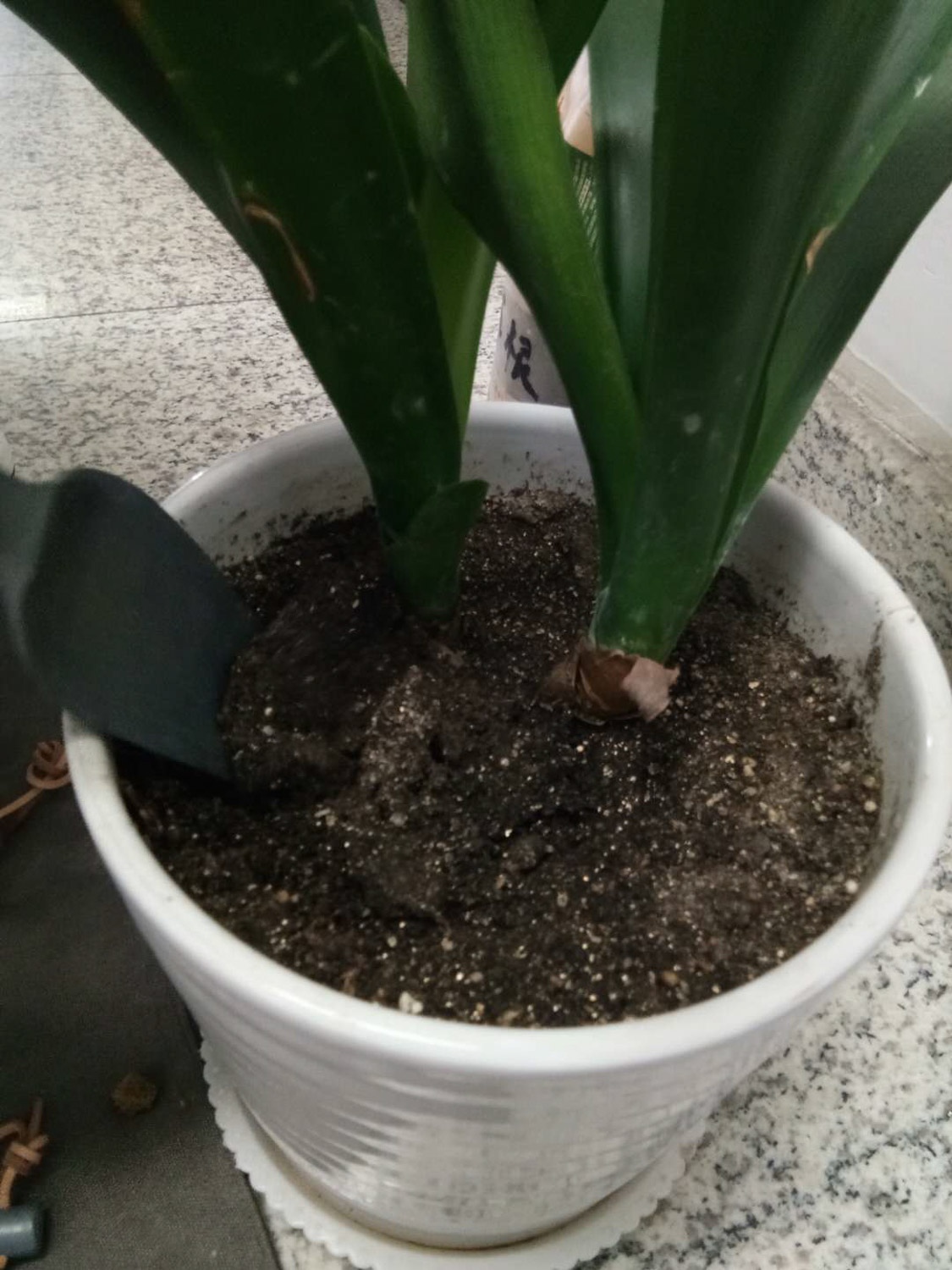
In summer, the weather is stuffy and humid, and Clivia is prone to rotten roots. At this time, flower friends should make a quick decision and save them in time.
1. Remove the Clivia from the basin soil and clean the soil at the root
2. Cut off all rotten roots, and be sure to clean them up to avoid rotten roots again, but pay attention to keep the bulbs of Clivia
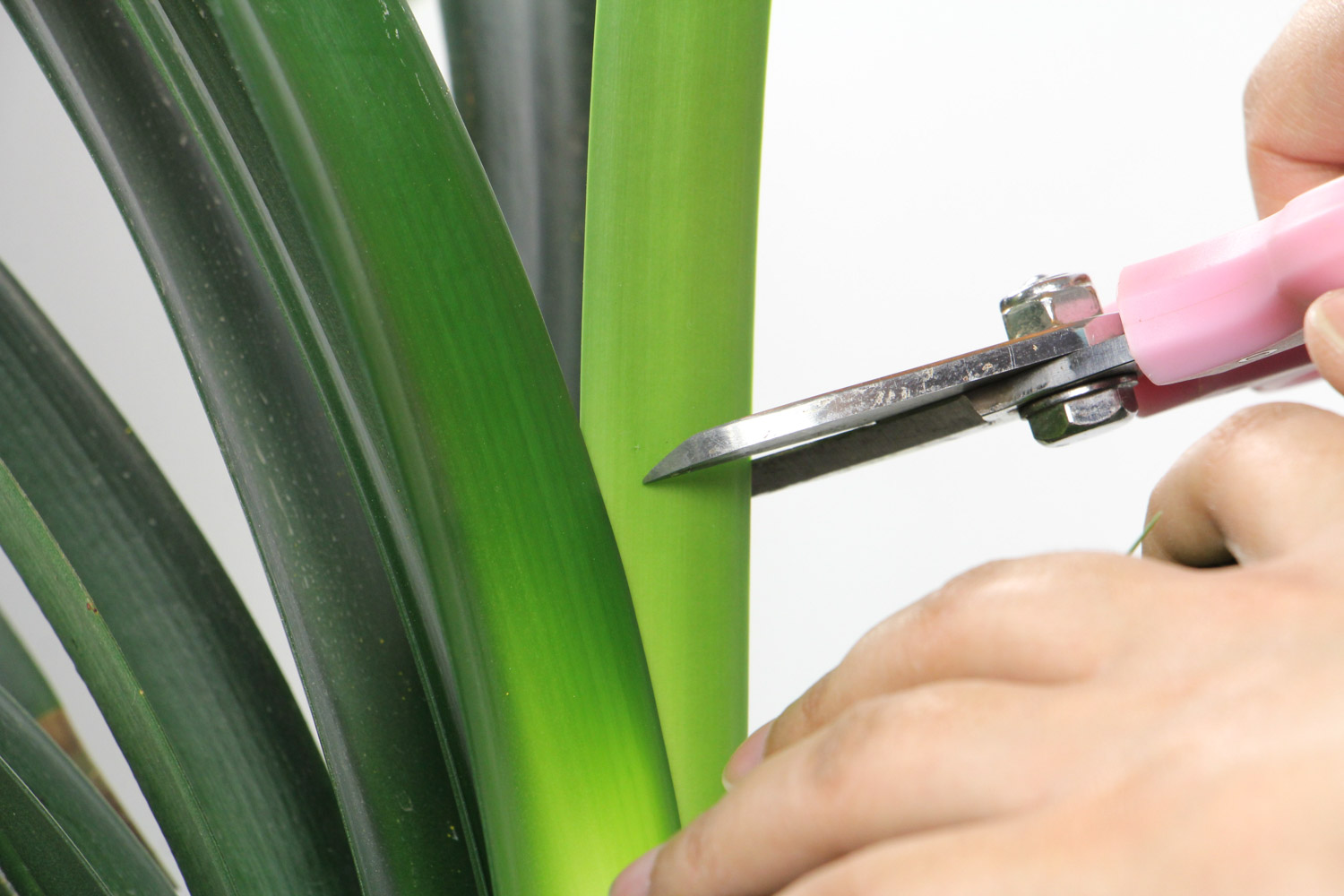
3. Soak the cleaned roots in potassium permanganate solution for half an hour, and then dry them in a cool and ventilated place
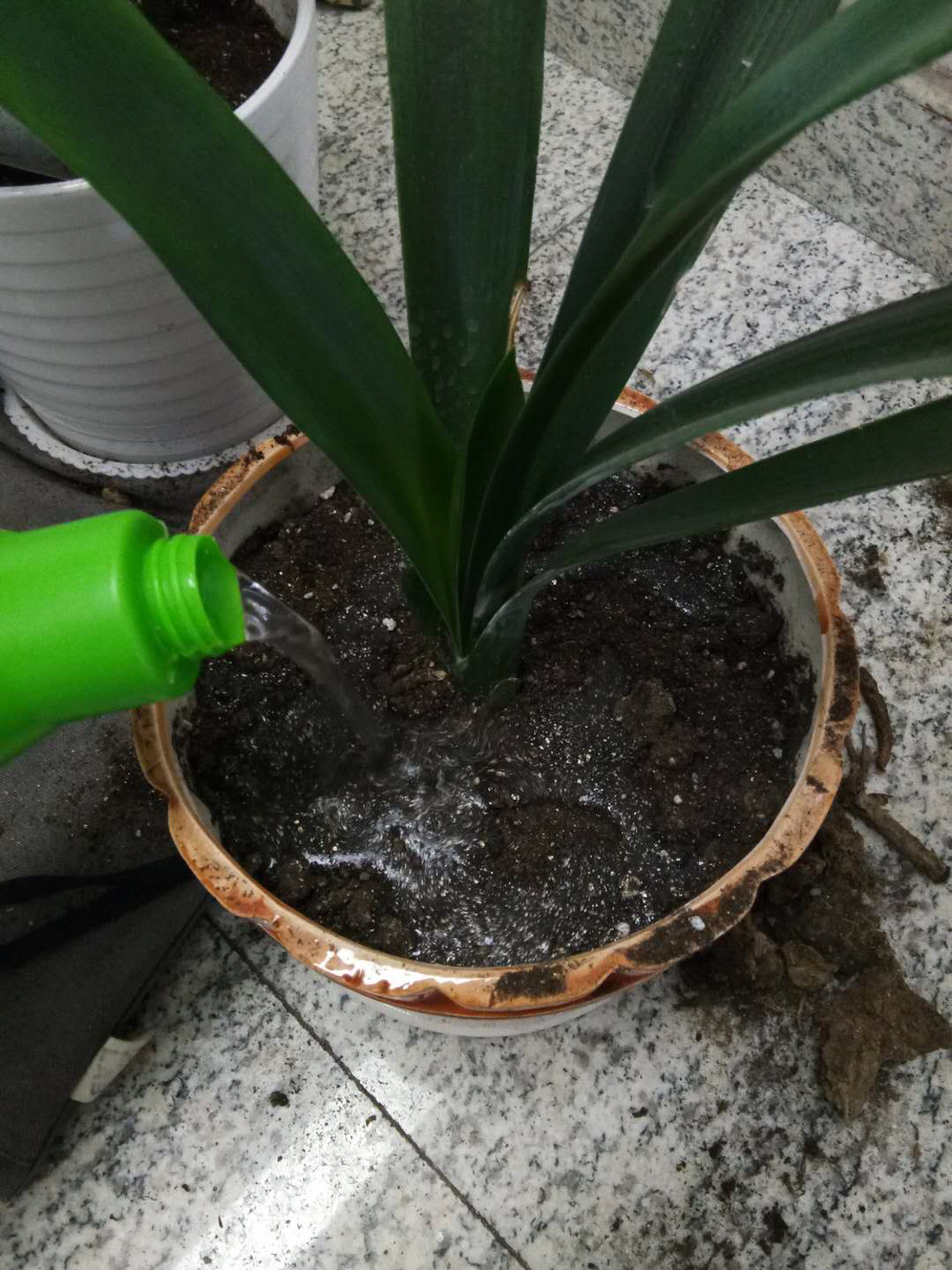
4. Prepare some water moss to soak your hair, wrap the root of Clivia and put it into a flower pot. Water moss can also be replaced by sawdust, vermiculite, perlite and other soils
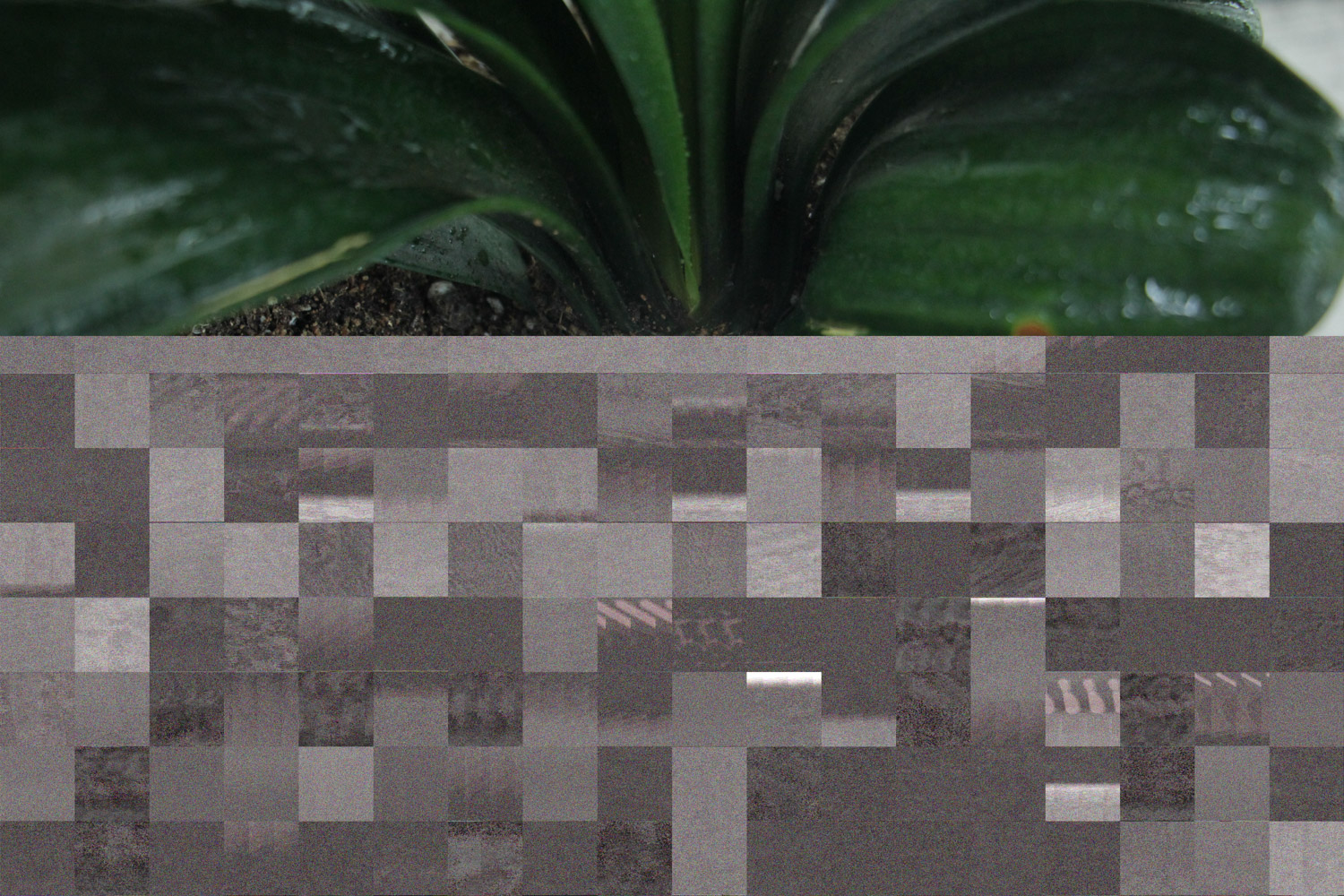
5. Put Clivia in a cool and ventilated place, touch the surface of the basin and spray water when it is dry, but be careful not to spray water into the heart of the leaves. In less than a month, Clivia can grow healthy roots again
What about the rotten heart of Clivia
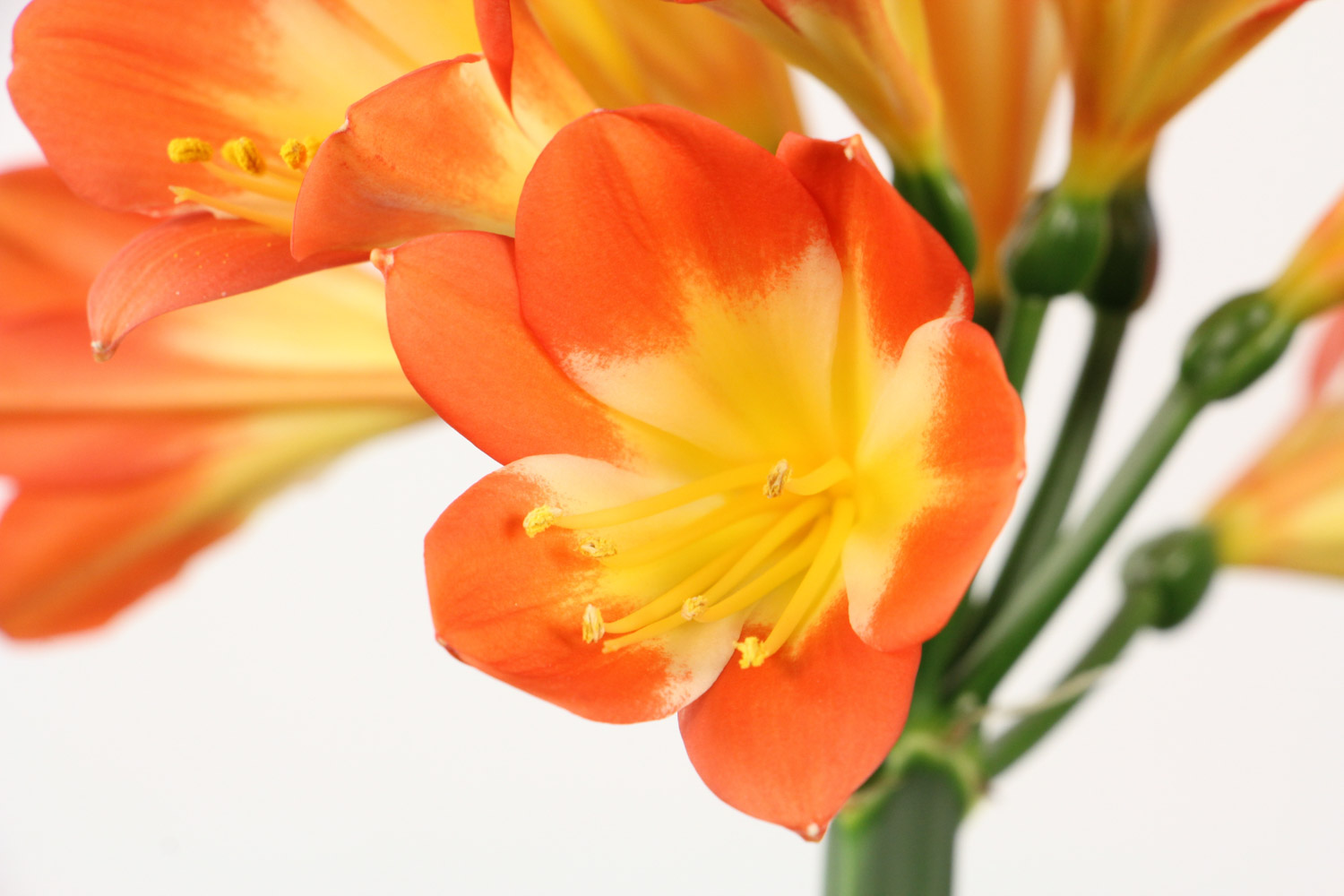
Clivia is also easy to rot in summer. If there is a rotten heart, it should be saved in time
1. If the rotten heart is not very serious, the rotten leaves should be removed and all the rotten parts should be removed
2. If the rotten heart of Clivia is very serious, cut off all the leaves and apply some carbendazim to the wound for disinfection
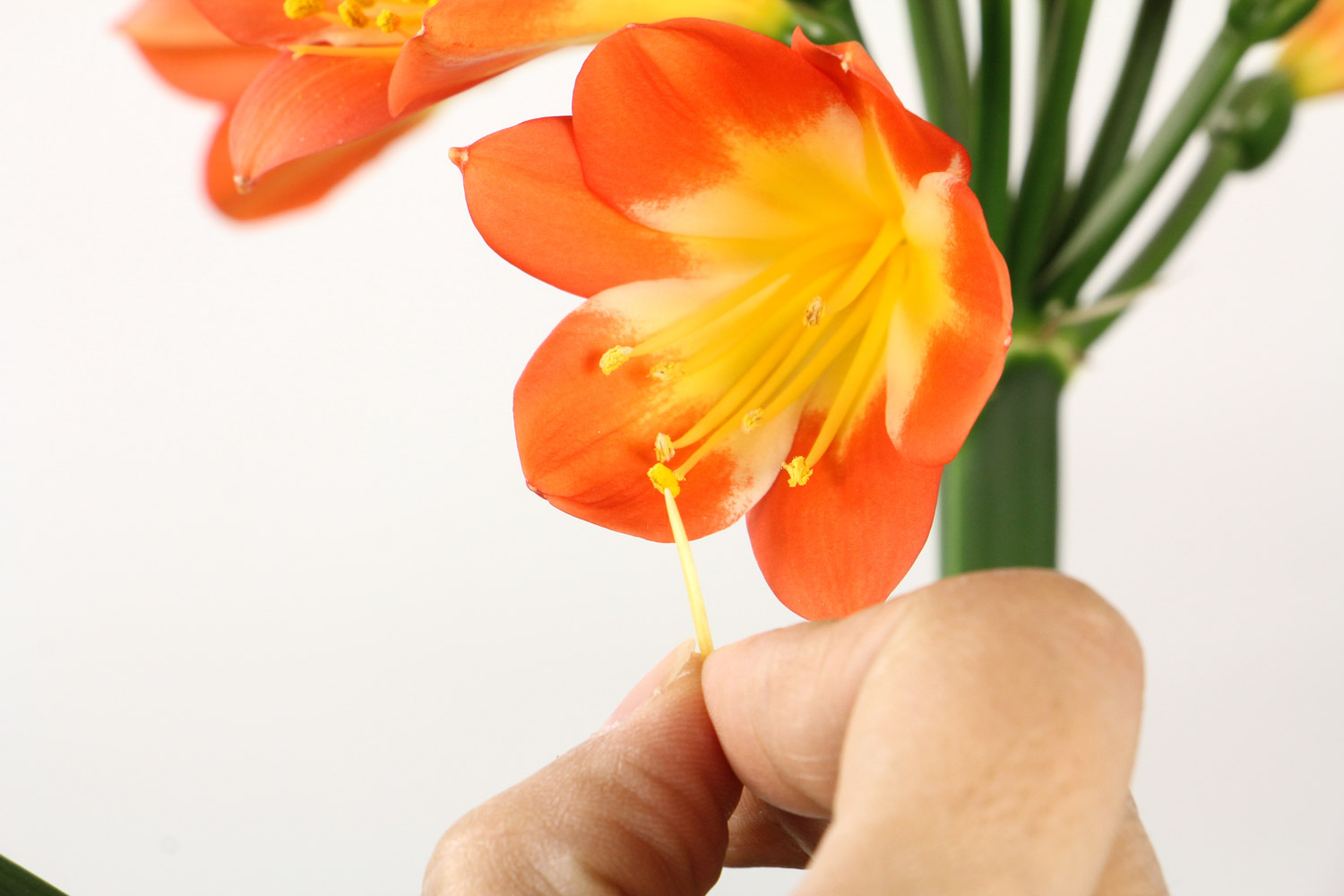
3. Put the Clivia in a cool and ventilated place. Slowly, the Clivia will sprout again. If it is properly maintained, it is easy to get group plants
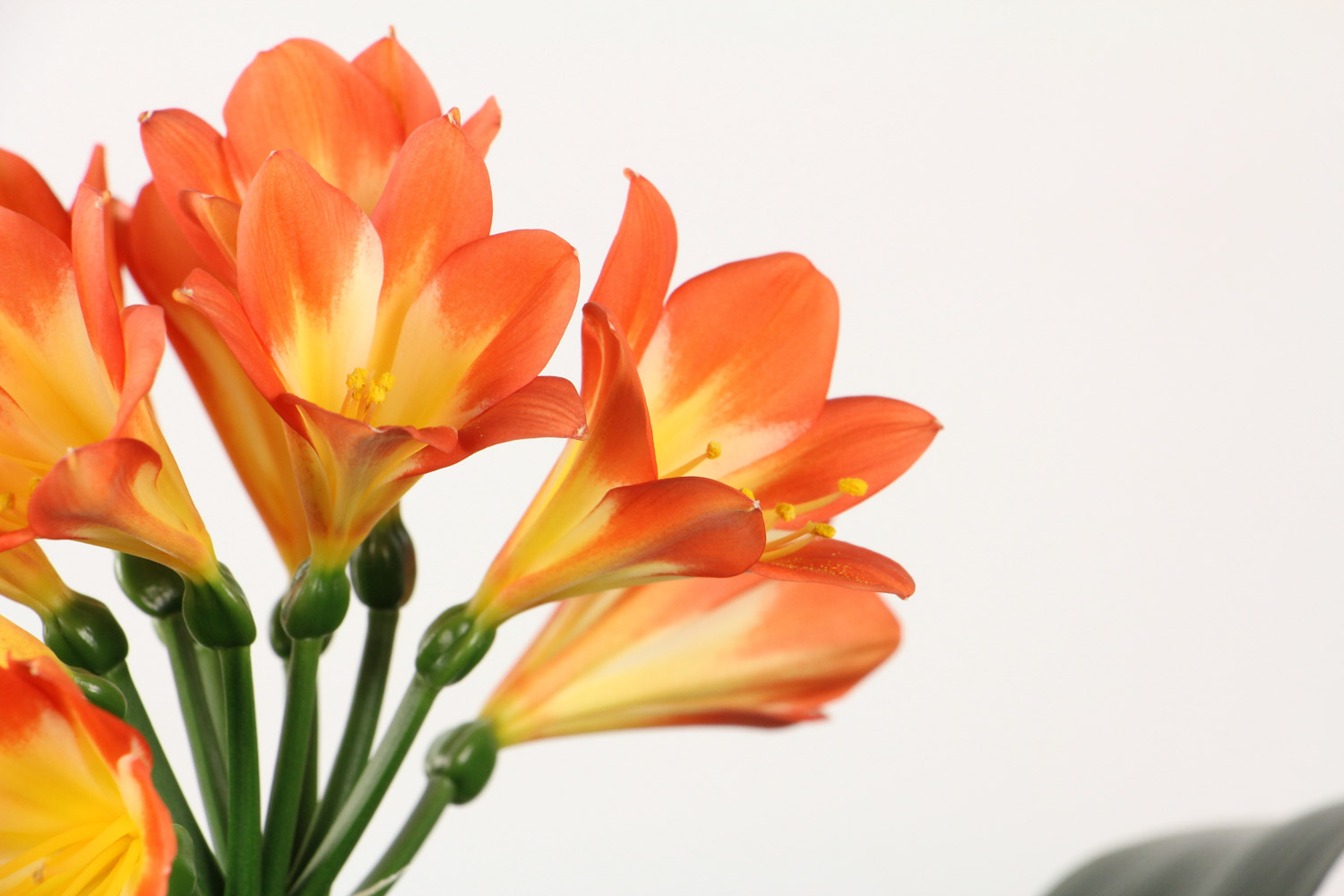
What about the yellow leaves of Clivia
1. Normal yellow leaf
The leaves turn yellow, thin and soft from the root. This is the normal metabolism of flowers and plants. Don't worry.
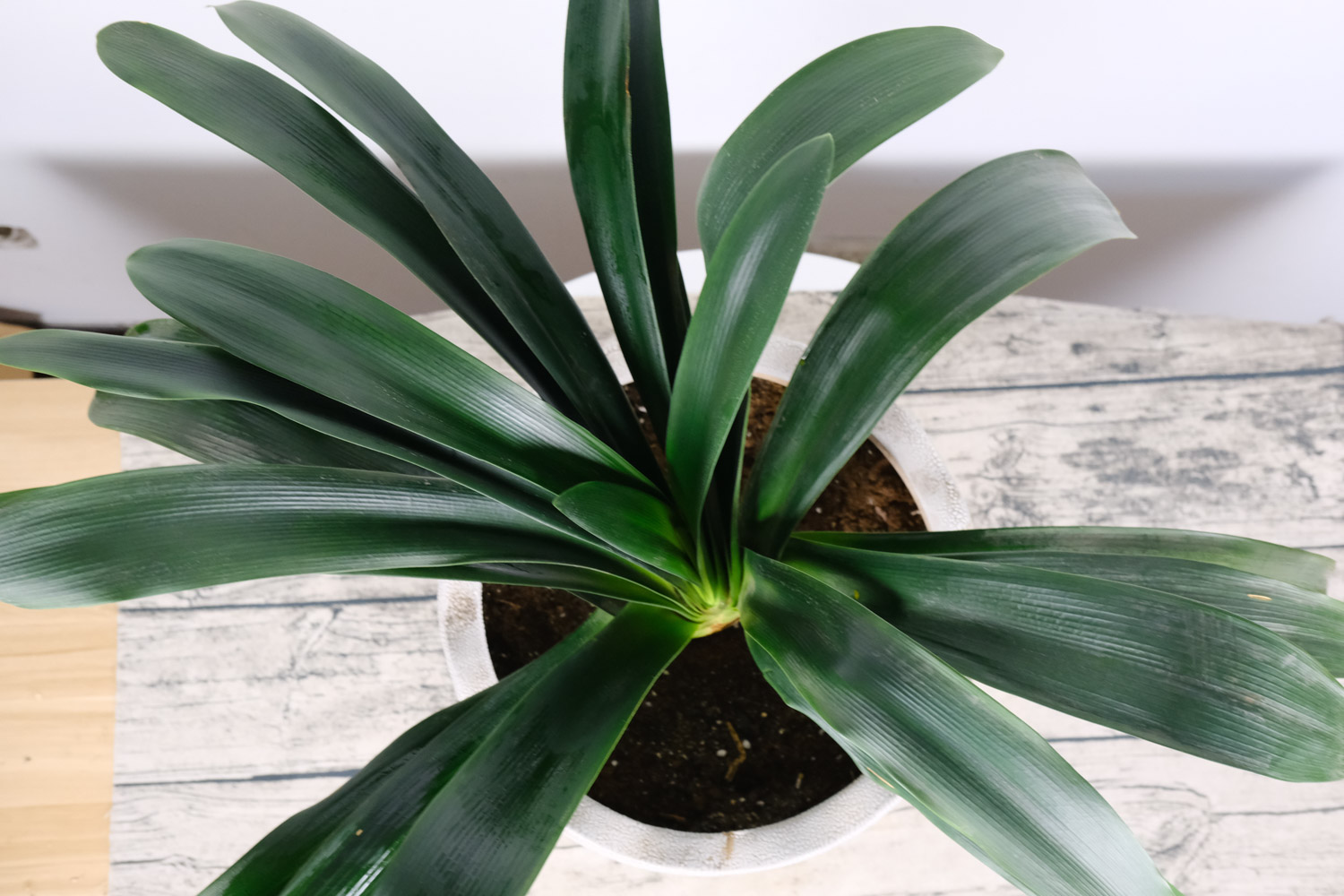
2. Too much watering turns yellow.
It shows that the new leaves are tender yellow and the old leaf tips are withered and yellow. It is necessary to reduce the watering times and replace it with soil with better permeability as soon as possible.

3. Water shortage, drought and yellowing.
It shows that the old leaves wither, yellow and fall off, and the new leaves are normal. Watering frequency needs to be increased.
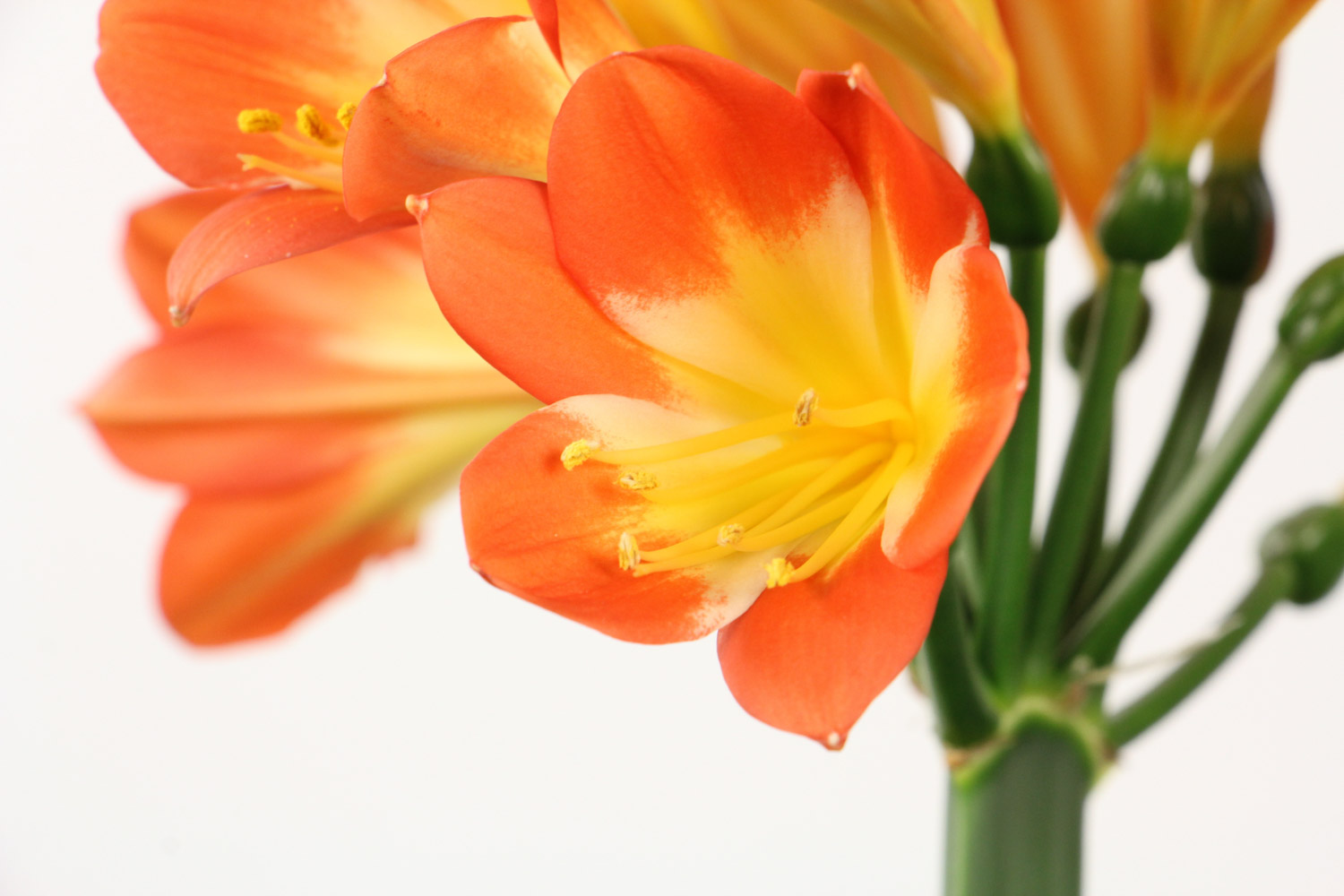
4. Excessive fertilization turns yellow
It shows that the new leaf tip is dry brown, the old leaf tip is withered, yellow and dry, and the leaves are plump but uneven. It is necessary to remove the basin in time, clean the soil at the root, replace the basin soil and put it on again.
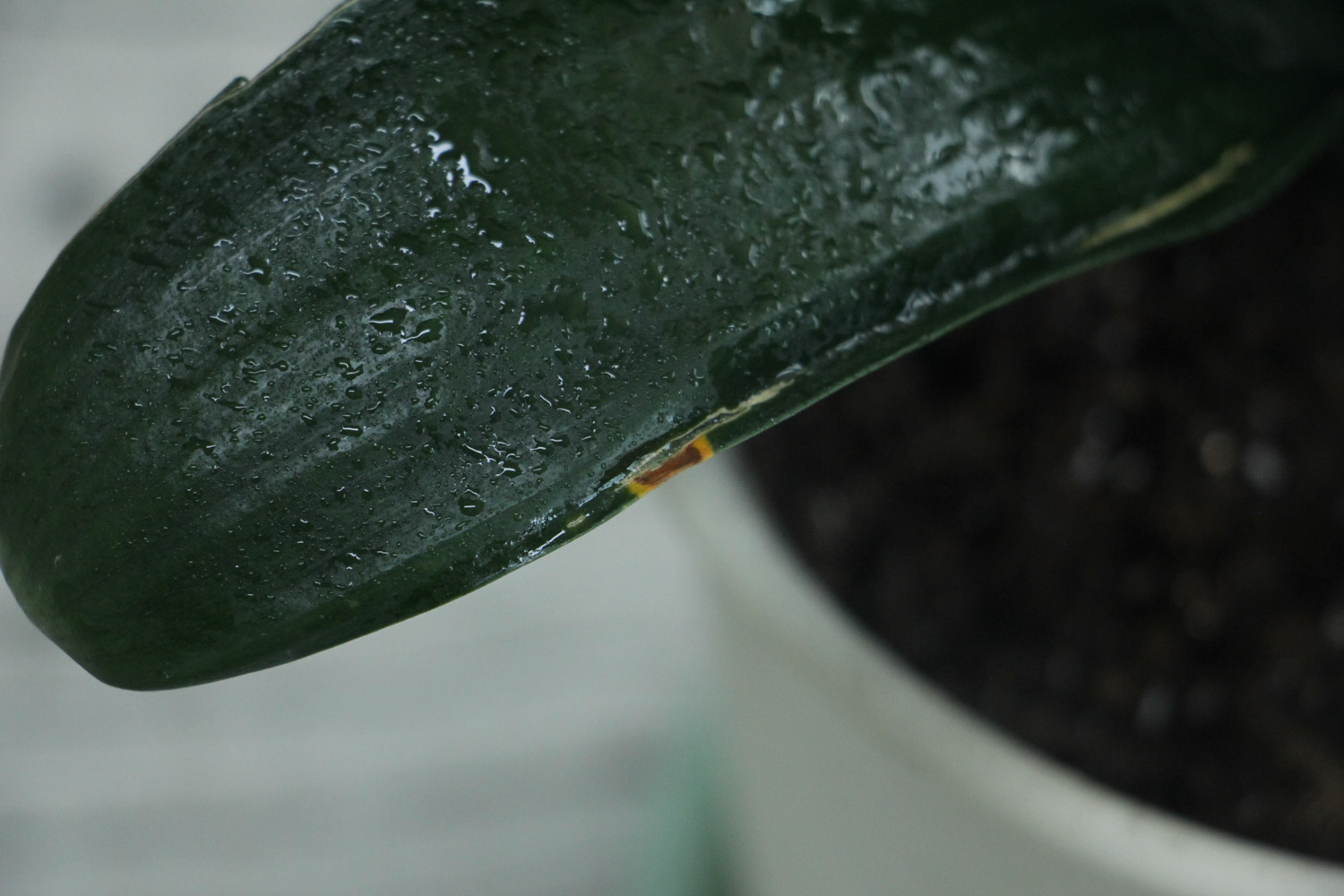
5. Lack of nutrition and yellowing
It shows that the old leaves begin to turn yellow from the leaf tip, and the new leaves are thin, small and soft. Fertilizer should be applied as soon as possible. The organic liquid fertilizer should be diluted with water according to the ratio of 1:2000, and then the Clivia can be watered down.
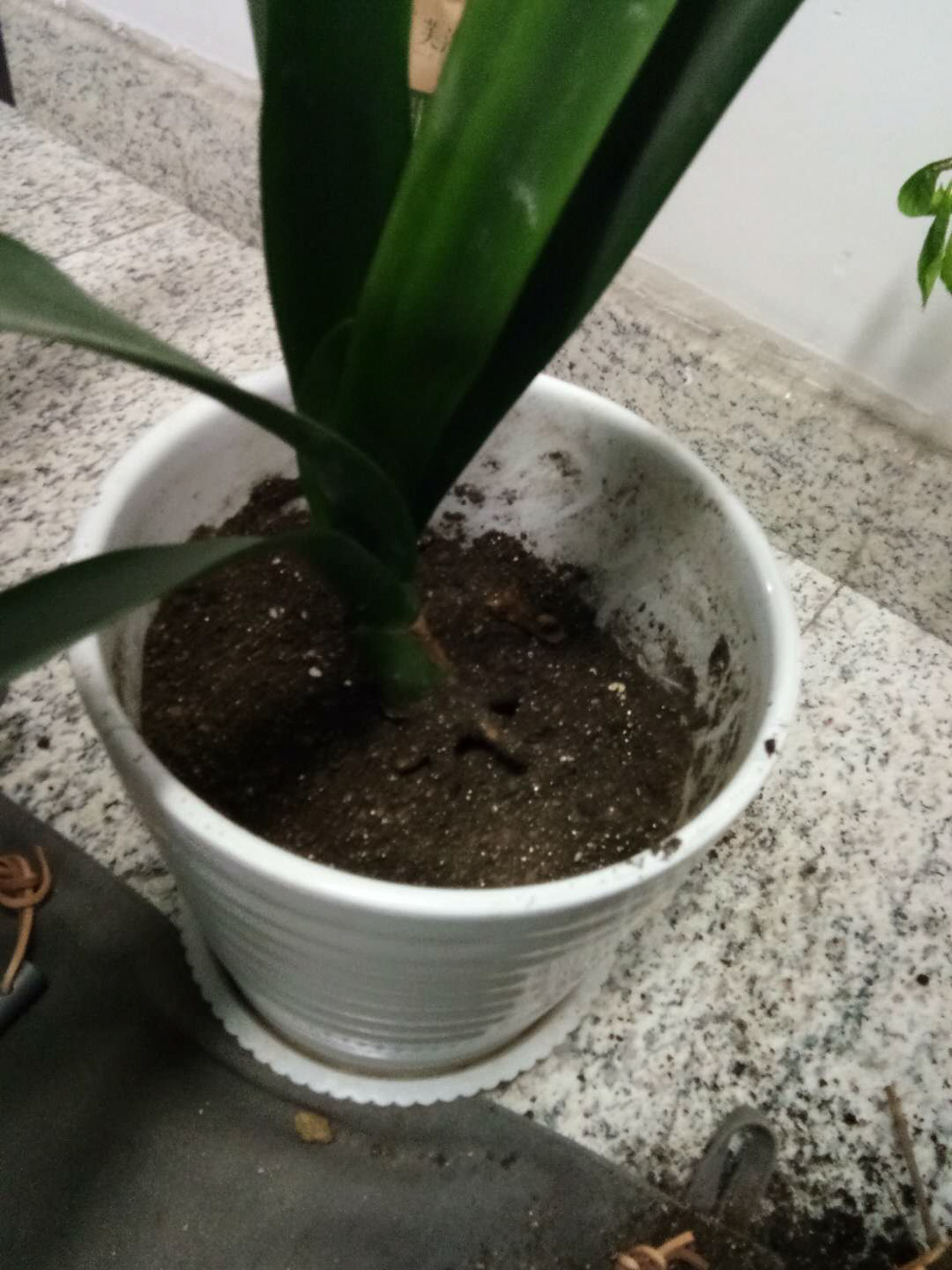
6. Yellowing due to insufficient light
The old leaves are white and the new leaves are tender yellow. It needs to replenish the sunshine in time, but it cannot be exposed to the sun suddenly. It should be placed in a bright place indoors first and receive the sunshine in the morning and evening.
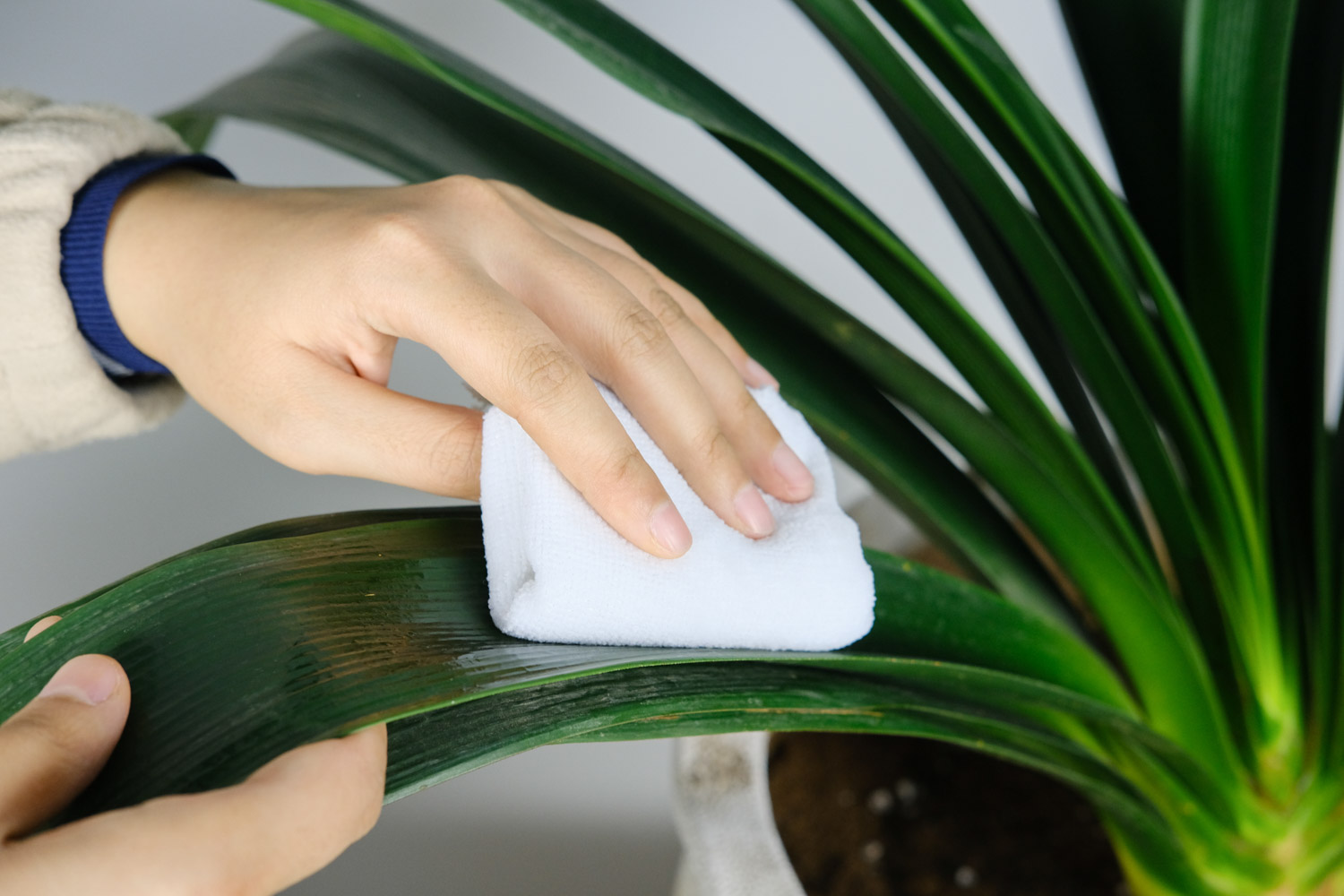
7. Yellowing due to excessive sun exposure
It is characterized by a large area of macula in the leaves. Clivia needs to be moved indoors in time and placed in a bright and ventilated place.
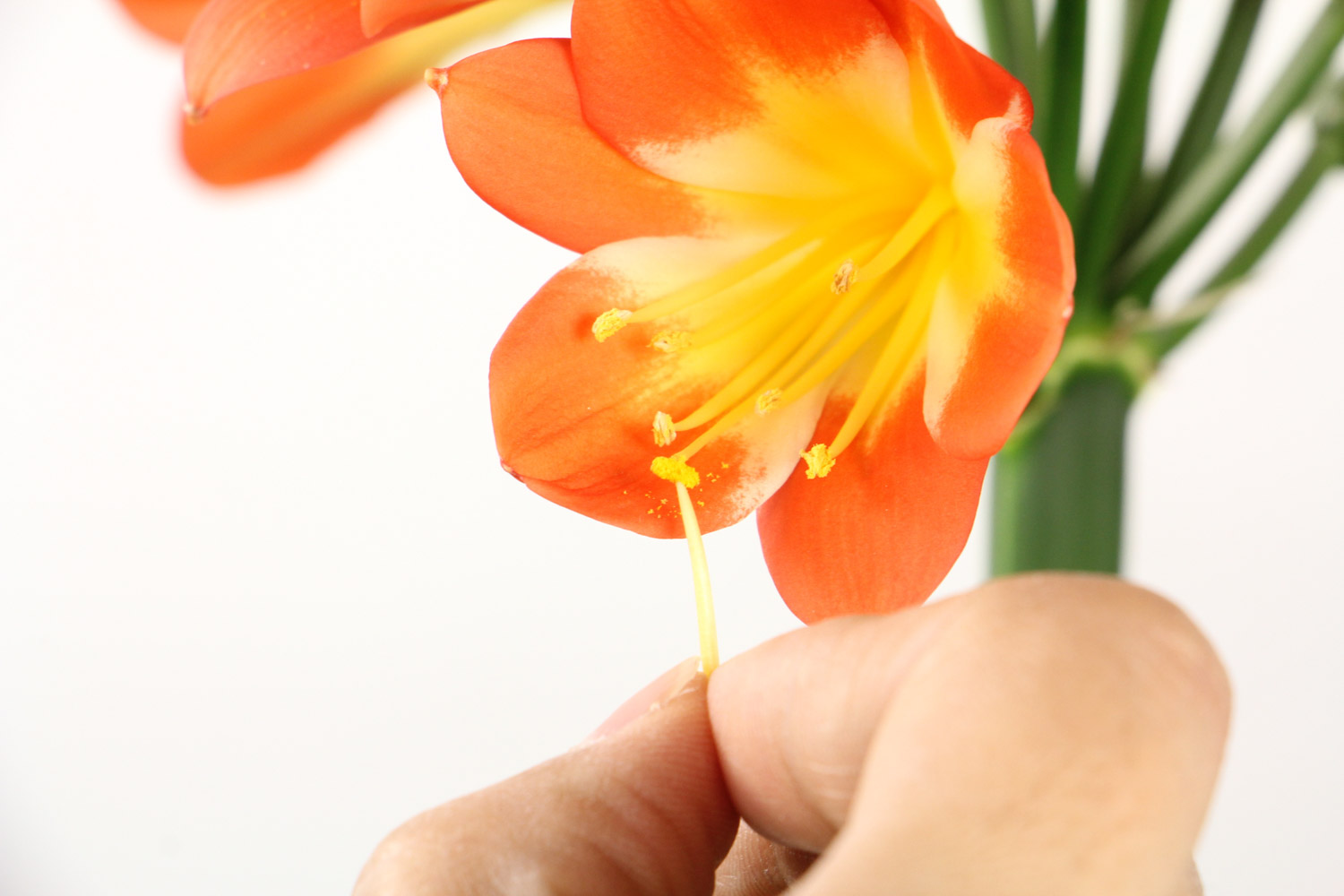
8. The soil is too alkaline and yellow
The leaves change from bright green to dark yellow, and the leaves fall off. Basin soil shall be replaced in time.
Rotten leaf soil and vermiculite are mixed in the ratio of 1:1, and a small amount of sawdust, cinder, perlite, water moss, peanut shell, etc. can be mixed to replant Clivia
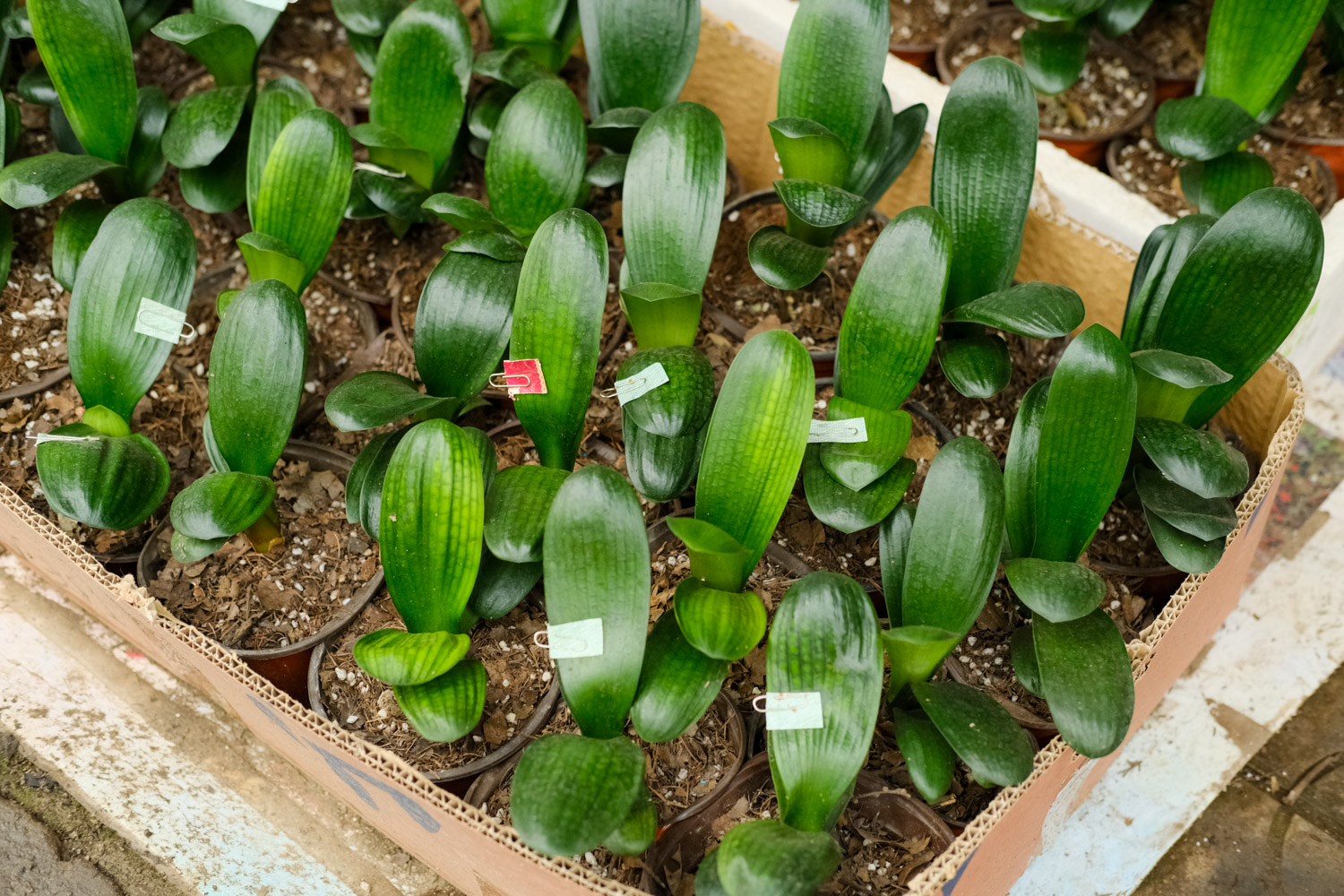
How does a Clivia grow into many plants
1. 2-3 years of Clivia, there will be small buds next to the plant, which is the "baby" of Clivia
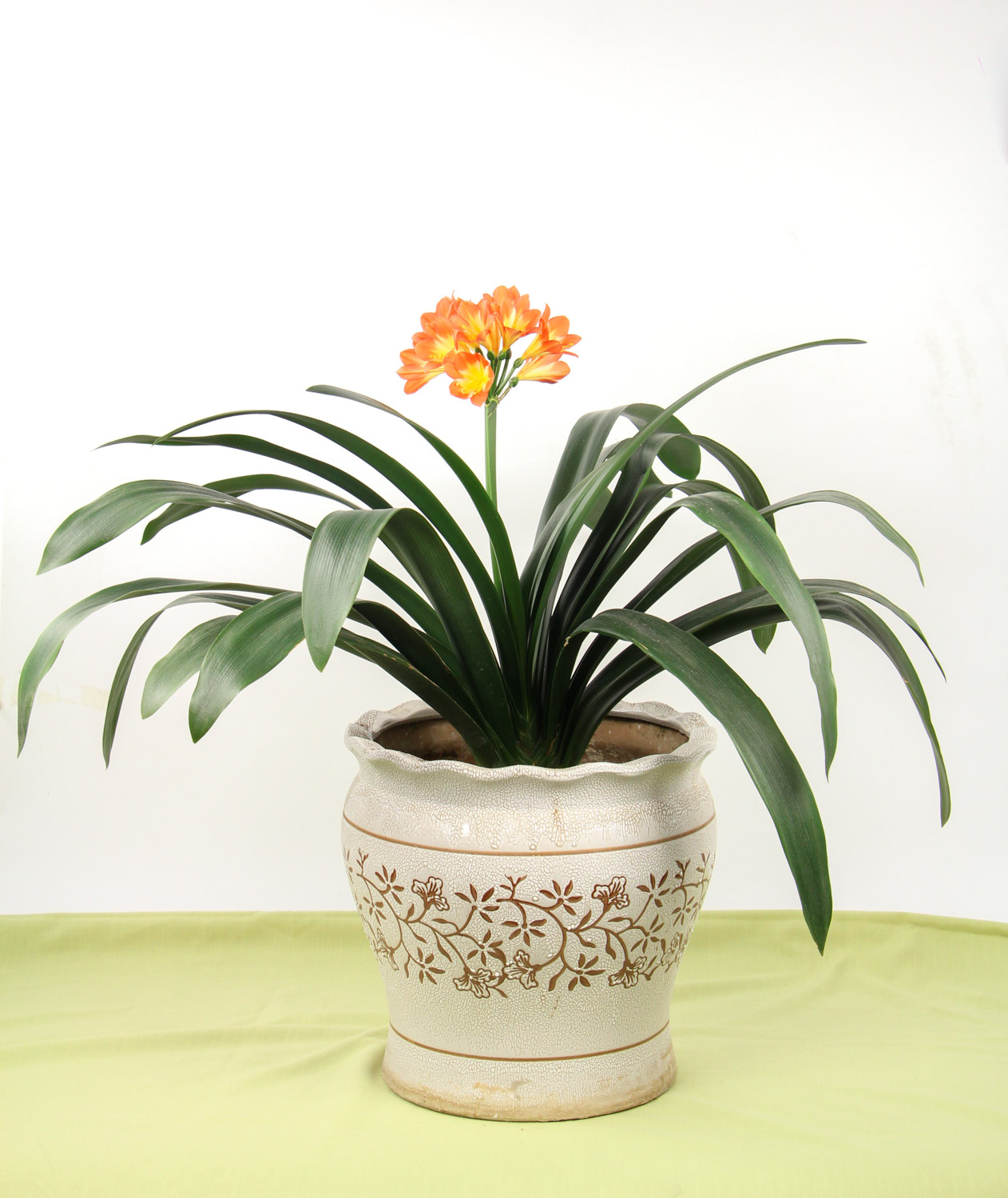
2. When the buds grow to 2-3 leaves, they can be separated. Remove the Clivia from the pot and clean the soil at the root
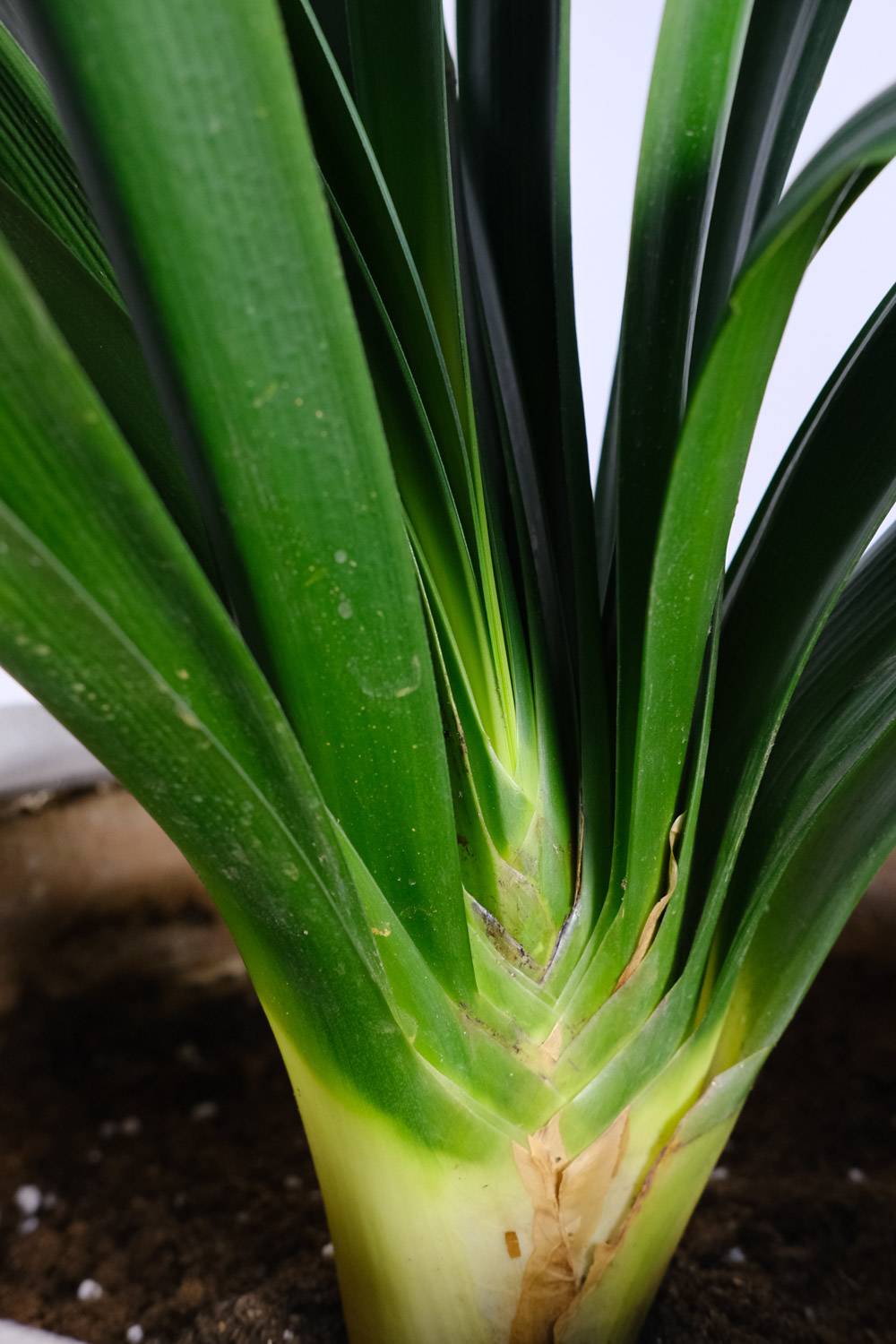
3. Soak the roots in potassium permanganate solution for half an hour. The general solution ratio is potassium permanganate: water = 1:3000

4. Put the roots in a cool and ventilated place to dry, and cover the leaves of Clivia with newspapers
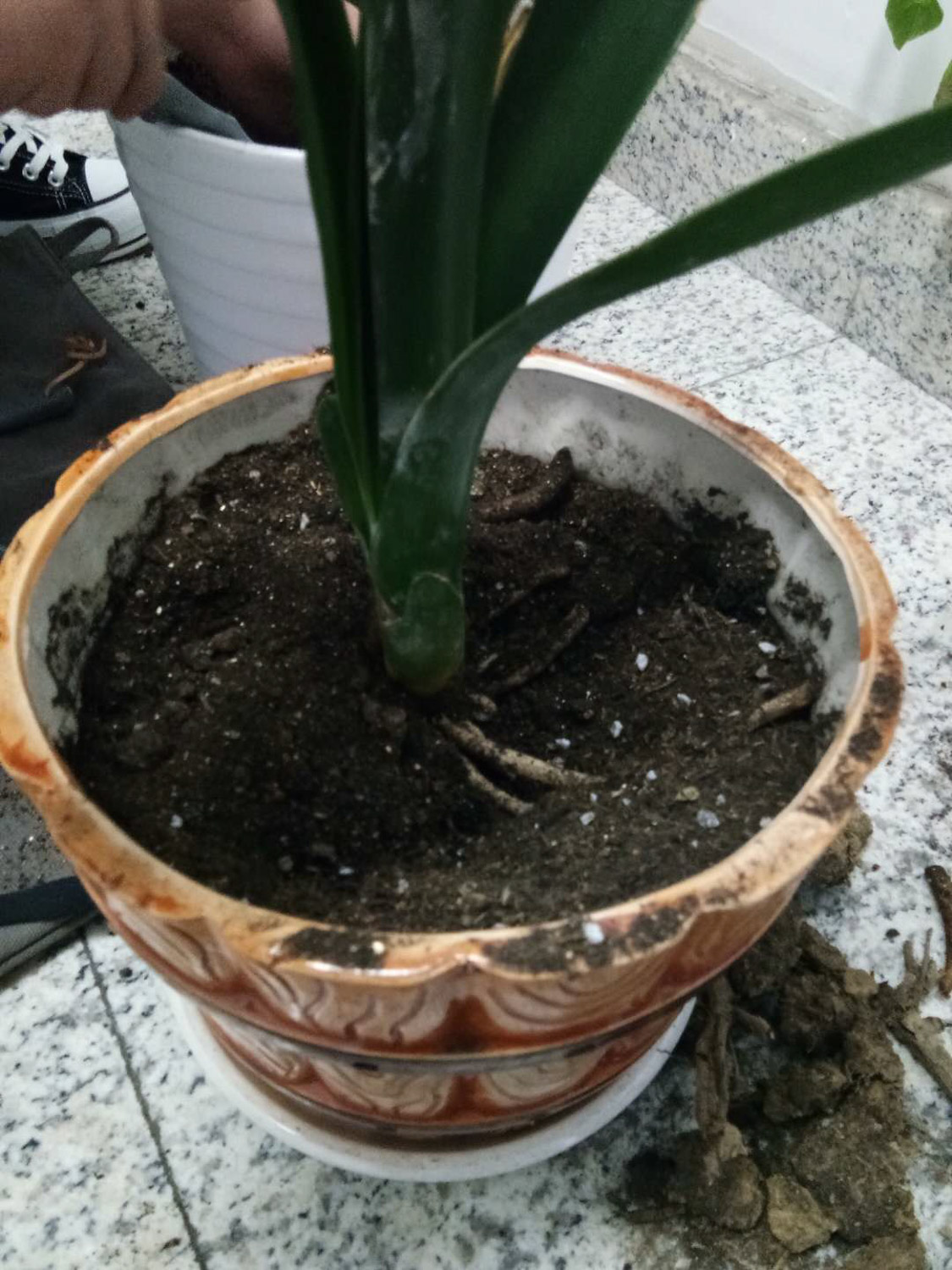
5. Cut off the buds from the mother plant with a sterilized knife. It's best to take several roots, which is conducive to later survival
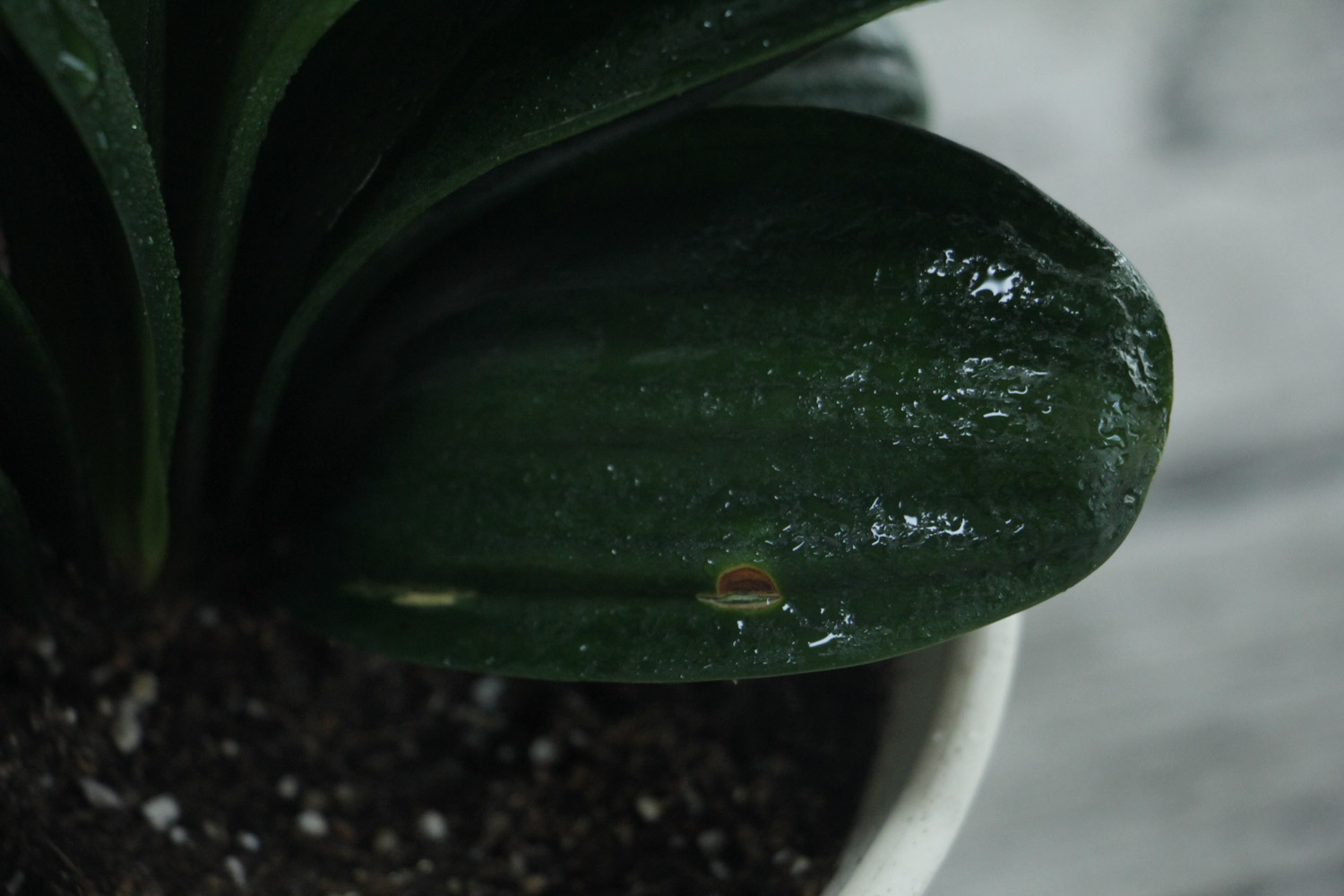
6. Apply some potassium permanganate solution to the wound at the root of Clivia for disinfection
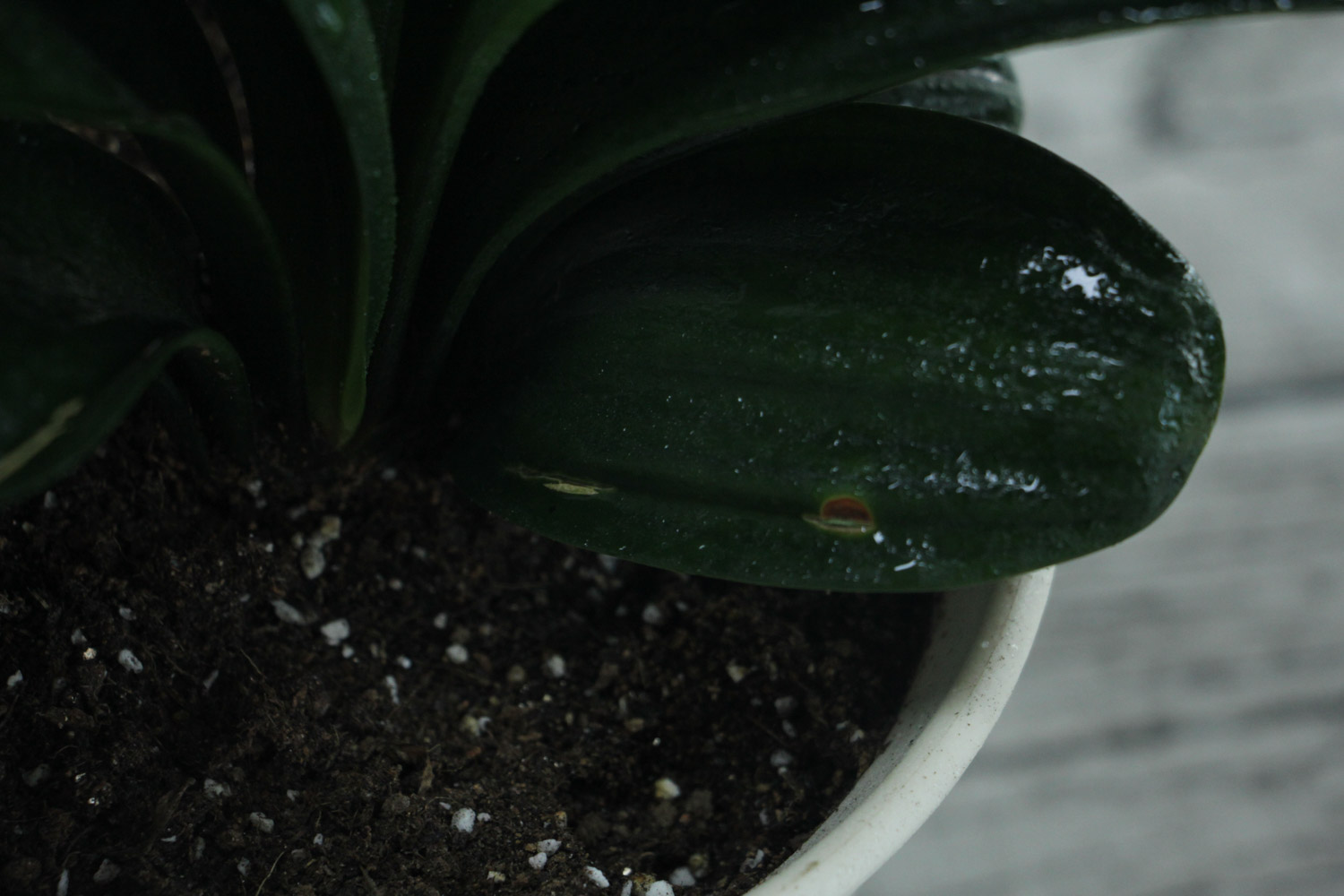
7. Replant the Clivia in a flowerpot, water it thoroughly, and put it in a cool and ventilated place. Don't accept direct sunlight. When Clivia grows new leaves, it can be cured normally
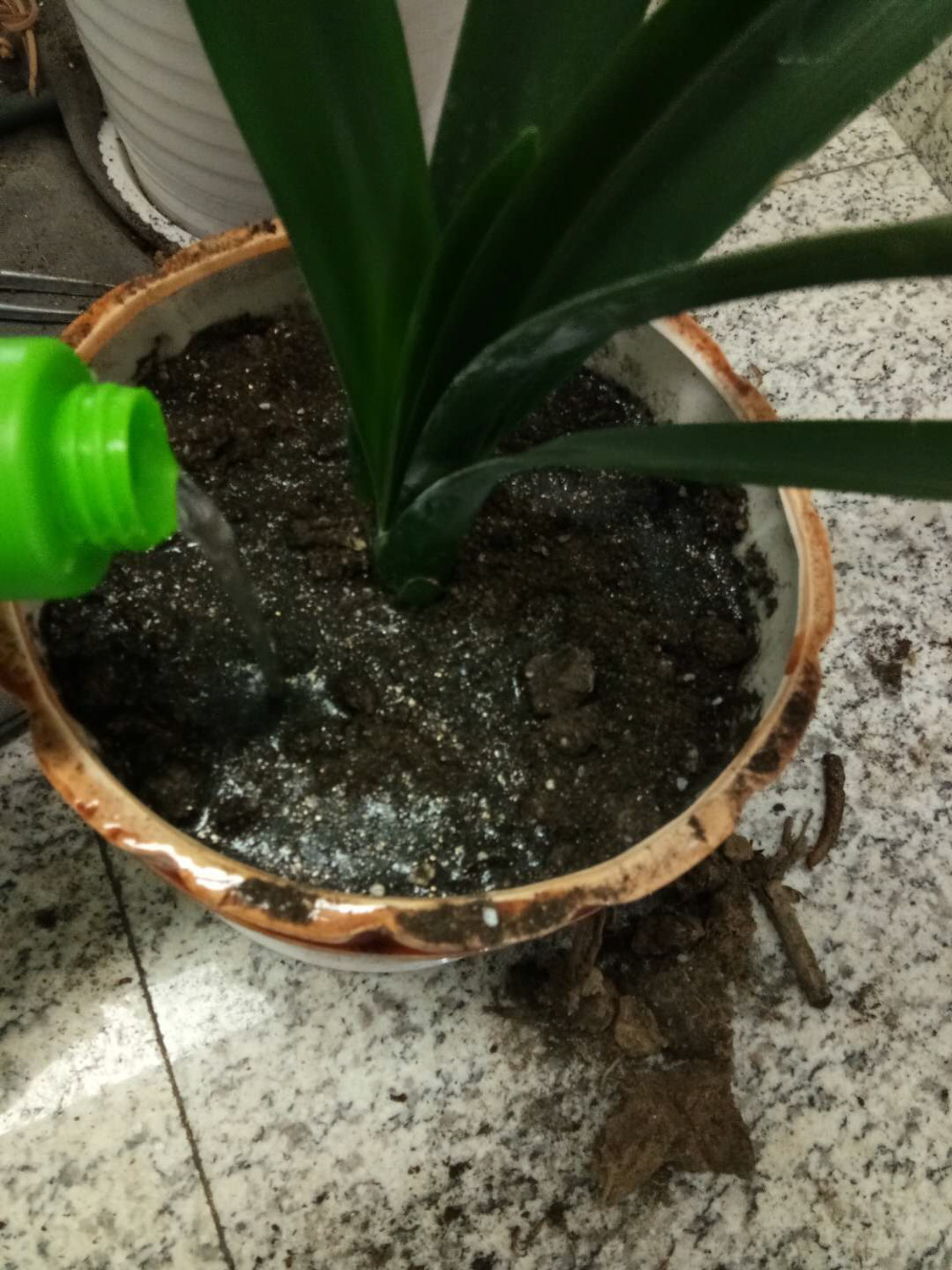
A relatively rare variety of Clivia
Of course, there are some precious varieties of Magnolia, and there are many below
1. New Zealand cream
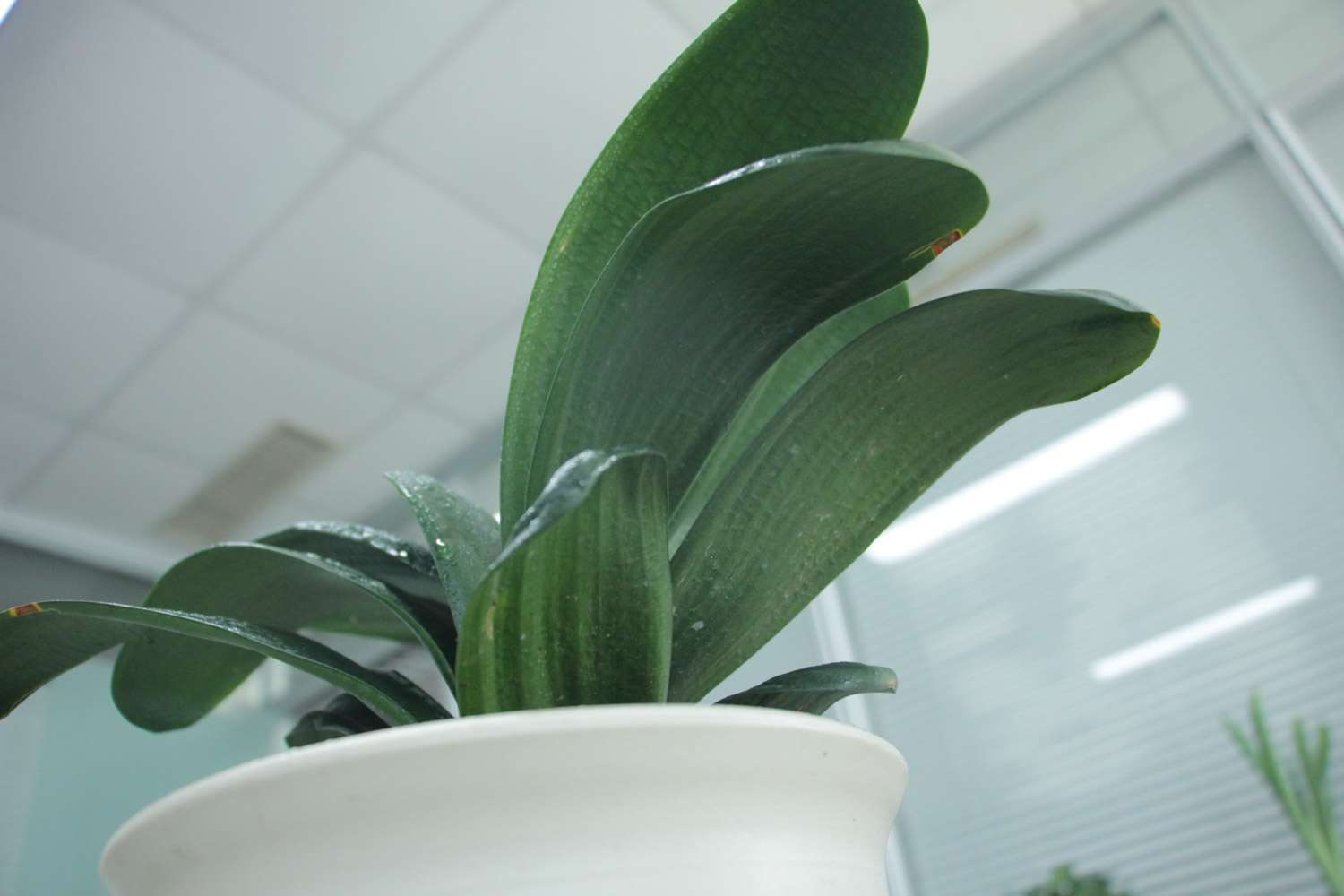
2. South African green flower
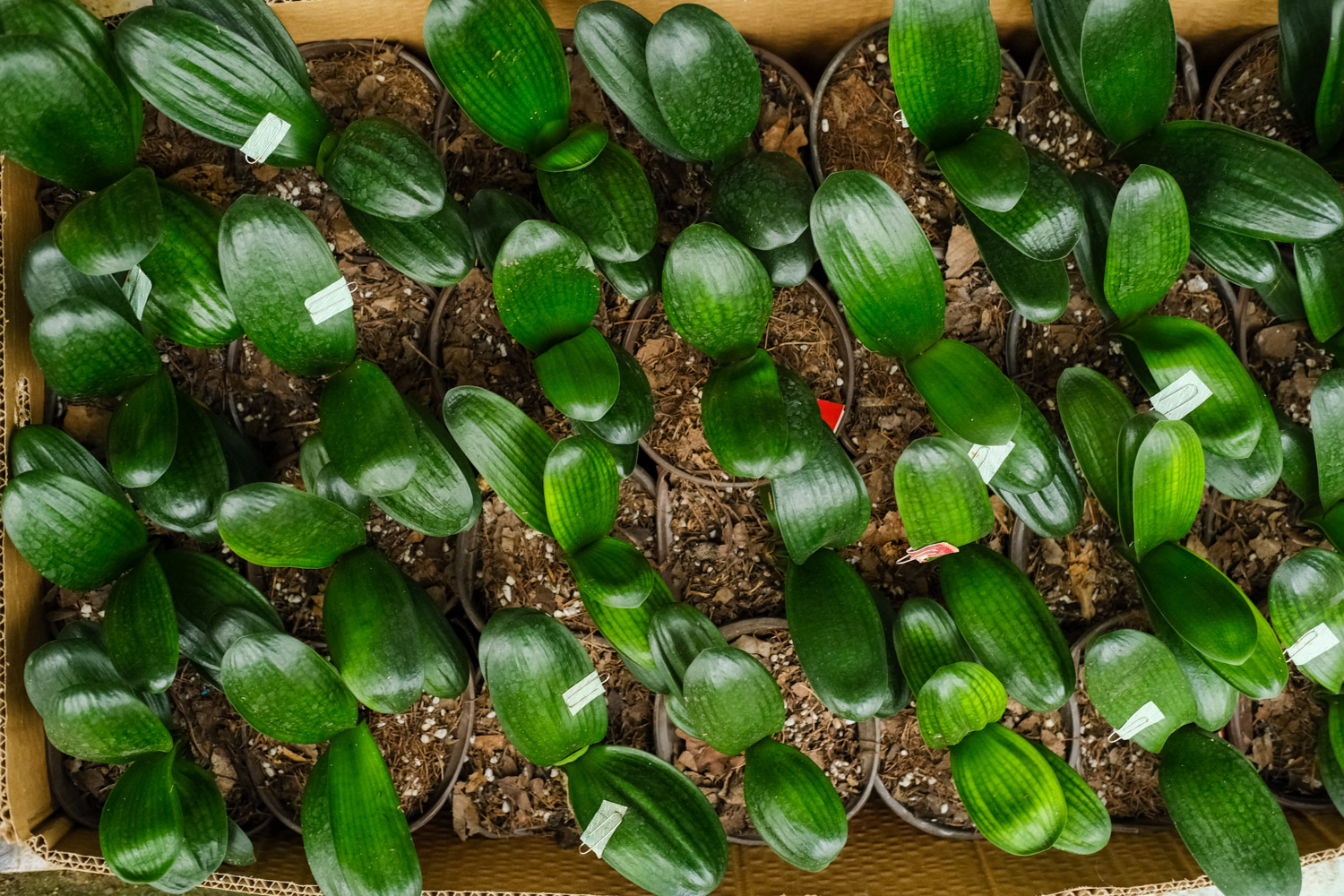
3. Reflective cream flower
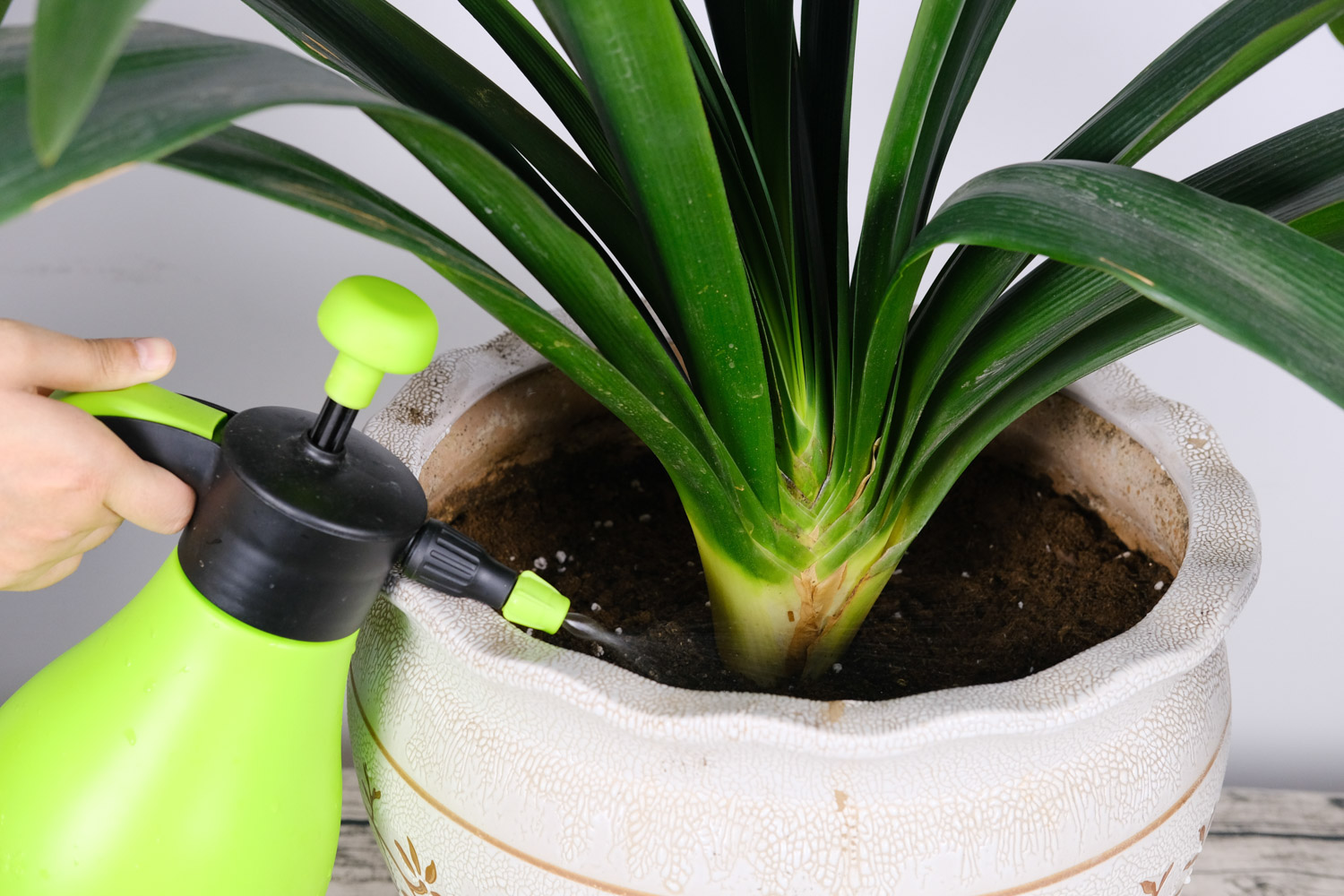
4. Swamp
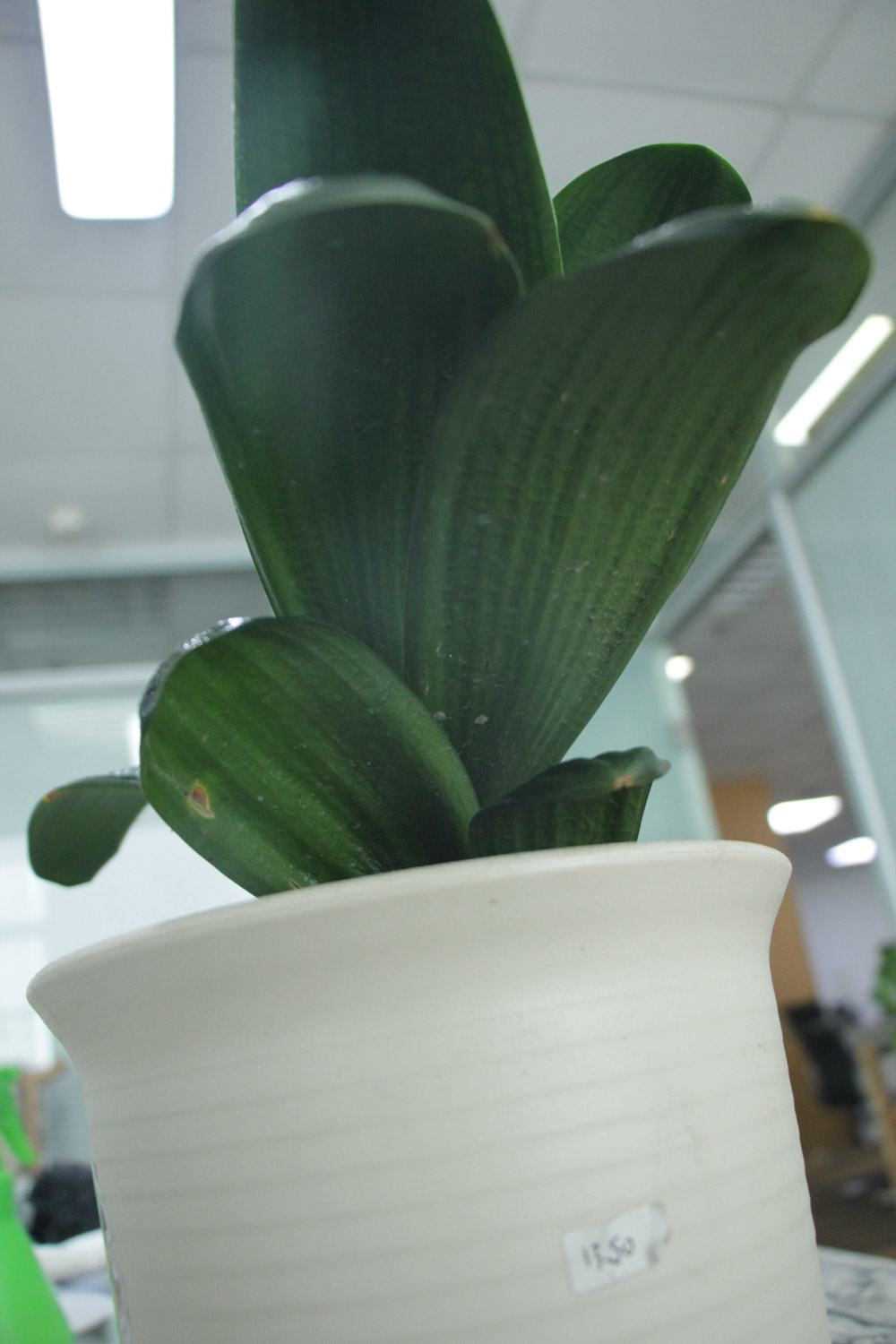
5. Green flower pockmarked face
6. Yellow flower green throat color orchid

As long as flower friends treat Clivia well
Clivia will definitely repay the flower friends< span>

 jackfruit
jackfruit snake plant
snake plant hibiscus
hibiscus hydrangea
hydrangea lavender
lavender Green roses climb al...
Green roses climb al... If you don't pay att...
If you don't pay att... Management of four g...
Management of four g...
































